Date: April 9–10, 2025
Location: University of Helsinki
Over two days, the FIN3R Symposium and Workshop brought together experts, researchers, and professionals from laboratory animal science to discuss and advance the culture of care in Finland and Europe. The event featured lectures from international and Finnish speakers on the first day, followed by an interactive workshop on the second day.
COST Action IMPROVE participated through Fernando Gonzalez Uarquin’ s presentation on integrating animal care staff and lab technicians into experimental planning—a promising step toward enhancing transparency in research practices. Such initiative, created within CA IMPROVE, involve around 14 members of the Action.

On Day 1, the symposium was chaired by Mikko Karpale (University of Oulu) with lecturers from Paulin Jirkof (University of Zurich, Switzerland), Fernando Gonzalez Uarquin (University Medical Center Mainz, Germany), Jordi Tremoleda (Queen Mary University of London, UK), Vootele Voikar (University of Helsinki), Hajnalka Nadai (Experimentica), and Hanna-Marja Voipio (University of Oulu). The discussion panel was chaired by Noora Holk (Orion Pharma), allowing participants to exchange ideas and reflect on the day's topics.
On day 2, the workshop focused on practical aspects of communication challenges within animal facilities. Led by Jordi Tremoleda and Fernando Gonzalez Uarquin, it brought together 15 participants for an interactive session.
Key activities included: 1) Sharing Care-full stories to illustrate real-world experiences, 2) Group discussions addressing routine communication problems encountered in animal facilities. 3) Exploring training materials designed to adapt culture-of-care practices to different institutions. 4) Exchanging ideas and experiences among participants from diverse professional backgrounds.

For further inquiries about the FIN3R Symposium and Workshop or to learn more about the culture of care initiatives, please reach out to the organizing team via email at info@fin3r.fi. Additional resources, including training materials and networking opportunities, can also be accessed through the FIN3R website: www.fin3r.fi.
The 4th Asian Congress for Alternatives to Animal Experiments (4ACAAE) and 7th Annual Meeting of the Society for Alternatives to Animal Experiments India (SAAE-I) took place in Jamia Hamdard, New Delhi, India from 12.12.-14.12.2024 (www.jamiahamdard.ac.in/4ACAAE) under the leadership of Prof. Dr. Y.J. Gupta and the Local Organizing Committee (LOC), led by Prof. Seikh Raisuddin (Organizing Secretary) supported by Prof. H.A. Khan, Prof. Suhel Parvez, Dr. Nidhi and many more wonderful people from his team.
Winfried Neuhaus was invited to the congress and gave a talk in the international session entitled “Overview about recent European 3Rs activities with a focus on 3Rs centres”, in which he took a closer look at current European developments in the 3Rs field with respect to the EC roadmap of phasing out animal studies and the response dynamics from several stakeholders, and the activities of EU3Rnet (network of European 3R centres) and the COST Action IMPROVE.


Introduction and Updates of the COST Action IMPROVE; Talk of W. Neuhaus at the SGV 2024 in Lausanne, Switzerland (26.-27.2024). Link to the event: SGV Meeting 2024
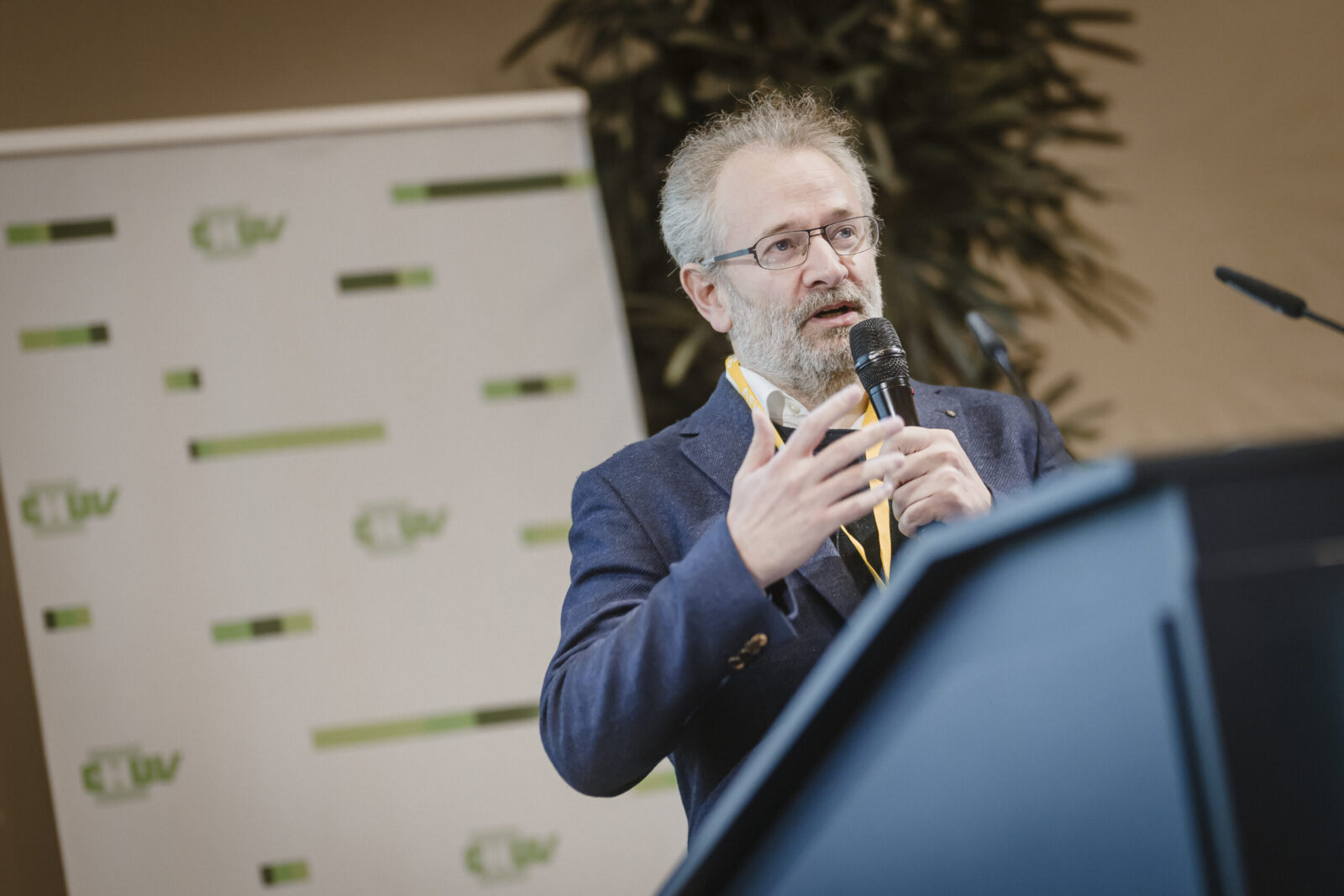
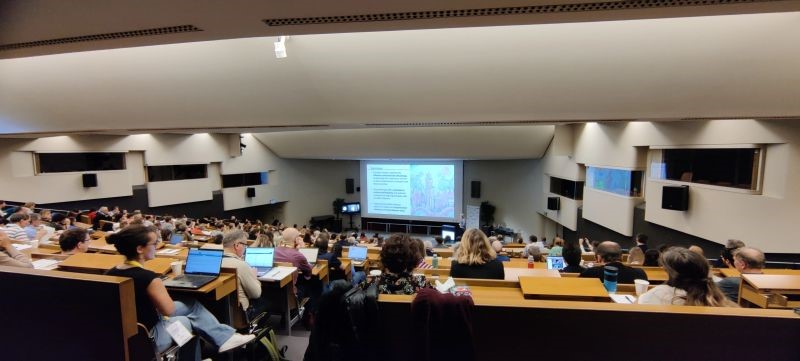
SGV 2024, CHUV, Lausanne. (© Vootele Voikar)
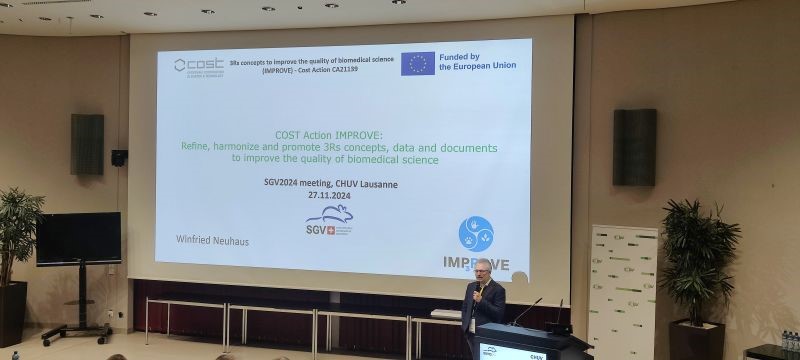
W.Neuhaus, SGV 2024, 27.11.2024, CHUV, Lausanne. (© Vootele Voikar)

W.Neuhaus, SGV 2024, 27.11.2024, CHUV, Lausanne. (© Vootele Voikar)
A report about the COST Action IMPROVE was issued on the website of the German 3Rs Network "Bundesnetzwerk-3R.de". The report can be found via following link:
In addition to the description of the COST Action project IMPROVE, Action chair Winfried Neuhaus answers three questions. The article is written in German language.
Introduction and Updates of the activities of EU3Rnet including an introduction of the COST Action IMPROVE; Talk of W. Neuhaus at the Animalfree Research Forum (Forum - Animalfree Research) in Zurich, Switzerland (11.11.2024).

A summary video of the event could be found via this link: Animalfree Research forum 2024
Kitsara M, Smajlhodžić-Deljo M, Gurbeta Pokvic L, et al.
"Introducing the COST Action ‘Improving the Quality of Biomedical Science with 3Rs Concepts’ (IMPROVE)."
Alternatives to Laboratory Animals. 2024;52(6):326-333. doi:10.1177/02611929241286024
The European Union-funded COST Action, ‘Improving the Quality of Biomedical Science with 3Rs Concepts’ (IMPROVE), which kicked-off in October 2022, presents an unprecedented opportunity to harmonise and synergise efforts in moving the Three Rs forward. European Cooperation in Science and Technology (COST) is a funding organisation for research and innovation networks, supporting interdisciplinary research networks to investigate a specific topic from all different research fields. The ‘IMPROVE’ COST Action aims to establish an interdisciplinary network dedicated to refining, harmonising and promoting the adoption of the Three Rs principles, in order to enhance the quality of biomedical research.
Lauwereyns, J., Bajramovic, J., Bert, B. et al. Toward a common interpretation of the 3Rs principles in animal research. Lab Anim (2024). https://doi.org/10.1038/s41684-024-01476-2
Despite their broad acceptance, interpretations of the 3Rs vary substantially, shaping statutory frameworks at various levels, with both technical and practical impacts.The work tries to contribute to a common understanding of the 3Rs.
During the three sessions, eight participants shared their experiences on how a growth environment can propel performance, resilience, creativity, and psychological safety—all essential for tackling complex biomedical science challenges. By fostering a culture of psychological safety and promoting learning agility, the course helped attendees cultivate a more open, creative, and solution-driven mindset, critical to advancing the 3Rs principles in biomedical research.
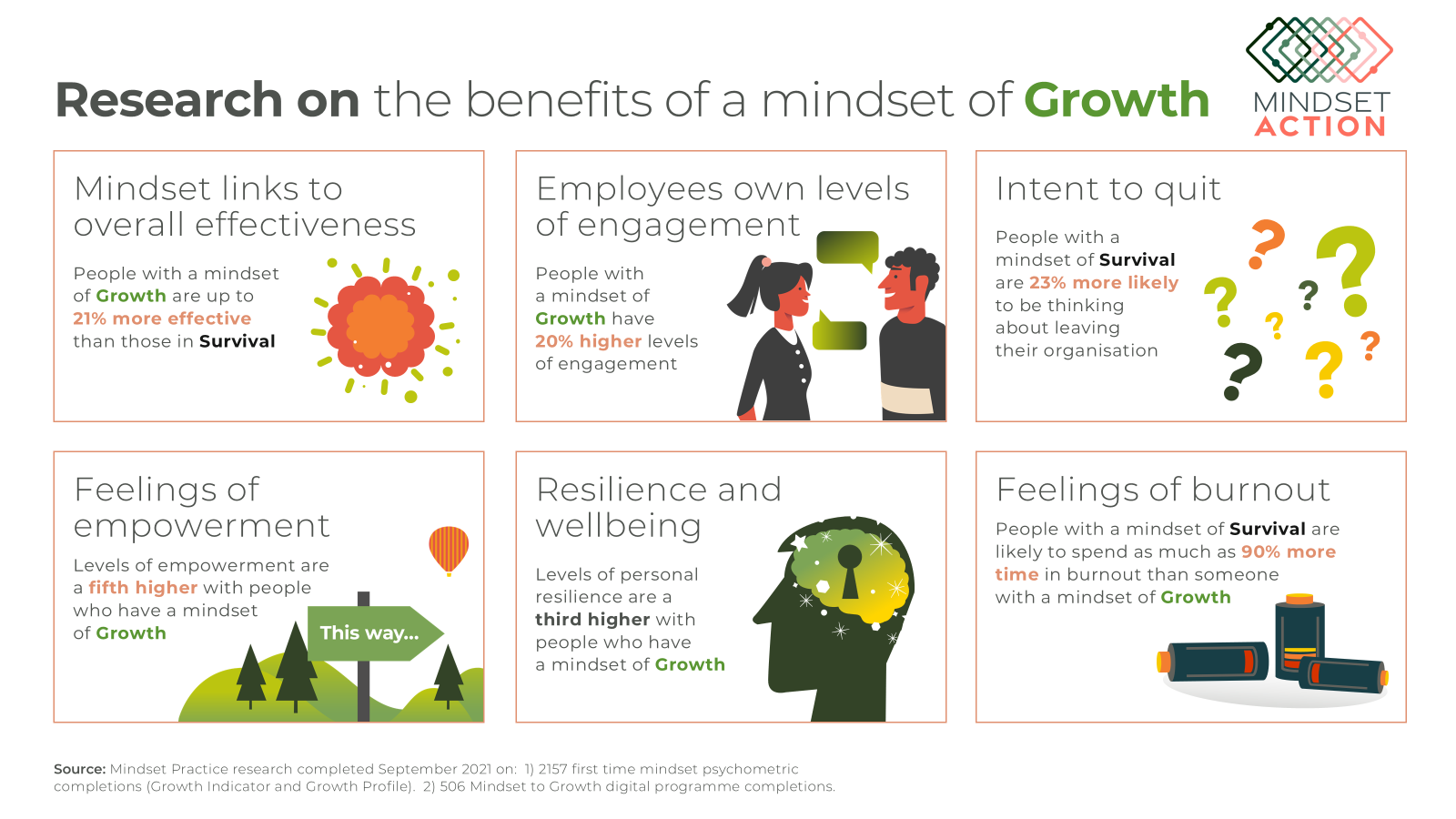
The attendants of the MTG program had access to the innovative Growth Indicator psychometric tool, which helped them to identify and challenge mental habits limiting their potential. This tool consists of a pretest before the course and a post-test six months after, allowing the measurement of long-term progress. In that way, the participants highlighted the course's accessibility, with long-term access to training materials (up to 12 months) allowing for sustained habit changes and continued personal development.

The feedback emphasized the program's positive impact on enhancing collaboration and fostering a nurturing research environment, aligning perfectly with the goals of the CA21139 - IMPROVE network. Stay tuned for more empowering opportunities aimed at elevating scientific excellence and leadership in research!

During the virtual mobility (VM), it was given as a 1-hour workshop about grant writing as storytelling.
The workshop was structured in two parts, both focusing on effective grant writing as a narrative practice.In the first part, it was emphasized the importance of viewing grant writing as a form of storytelling. And highlighted how this approach can help researchers communicate their projects more compellingly and persuasively to grant reviewers. The session focused on the underlying reasons why structuring research proposals in a narrative form can increase the chances of success.
The second part provided participants with a rhetorical framework designed to guide researchers in shaping the narrative of their grant proposals. It was shared practical insights, grounded in my own experience as an academic researcher, on how to craft a clear and impactful narrative that addresses the core criteria reviewers look for. This section of the workshop equipped participants with strategies for articulating their research ideas in a way that effectively communicates the value of their proposals. Moreover, supported document was shared that included some information about writing skills guidelines.

Young researchers committee hosting the section and during the workshop primarily we tried to get involved young researchers actively engaging with the content, participating in discussions, and reflecting on how these strategies could be applied to their grant writing efforts.
The workshop’s alignment with the COST Excellence and Inclusivity Policy ensured a diverse mix of participants in terms of geographical representation, career stage, and gender.
Acibadem University Istanbul on 2-3 September 2024
Program
Monday, September the 2nd
8.30-9.30 Registration, Opening welcome, Presentation of the workshop, Formation of discussion groups
Opening Welcome: Yesim Isil Ulman, PhD and Augusto Vitale, PhD. (Co-chairs of the Workshop)
9.30-10.15 Keynote Lecture: Prof. Simone Pollo, “Does moral reflection improve the quality of biomedical research?"
10.15-10.45 Coffee break
10.45-11.45 Work of discussion groups
11.45-12.30 Outcomes presentations from the discussion groups
12.30-13.45 Lunch
13.45-14.30 Keynote Lecture: Prof. Nikos Kostomitsopoulos, “Ethical dilemmas in the use of animals
as human organ donors”
14.30-15.00 Coffee break
15.00-16.00 Work of discussion groups
16.00-16.45 Outcomes presentations from the discussion groups
GALA DINNER
Tuesday, September the 3rd
9.00-9.45 Keynote Lecture: Dr. Aurelie Thomas, “Making NAMs (New Approach Methodologies), the ethical solution to animal use”
9.45-10.15 Coffee break
10.15-11.45 Work of discussion groups
11.45-12.30 Outcomes presentations from the discussion groups
12.30-13.45 Lunch
13.45-14.30 Presentations from local officials
14.30-Visit of the Acibadem Univ. Experimental Animals Application and Research Center
Pictures























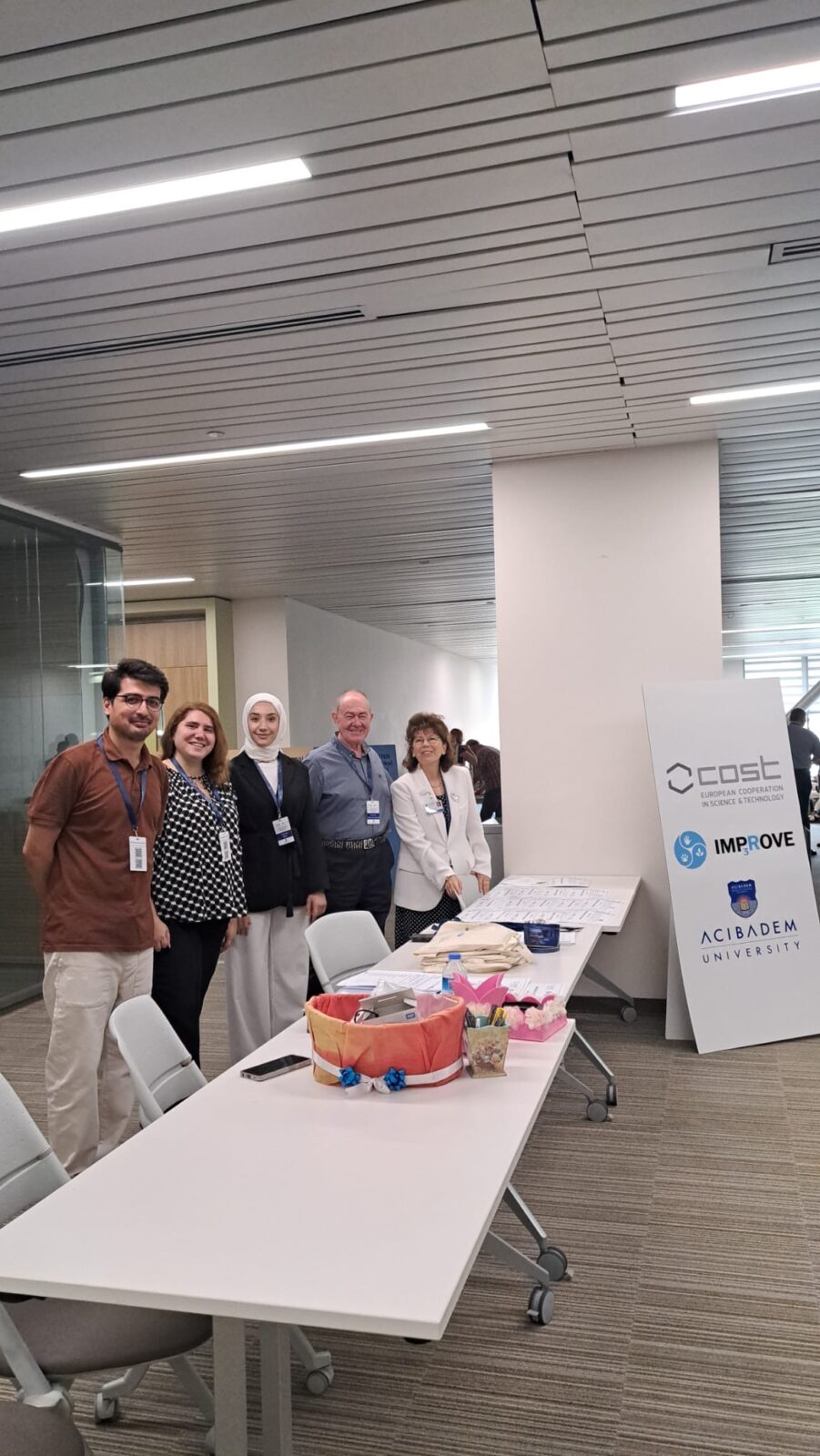










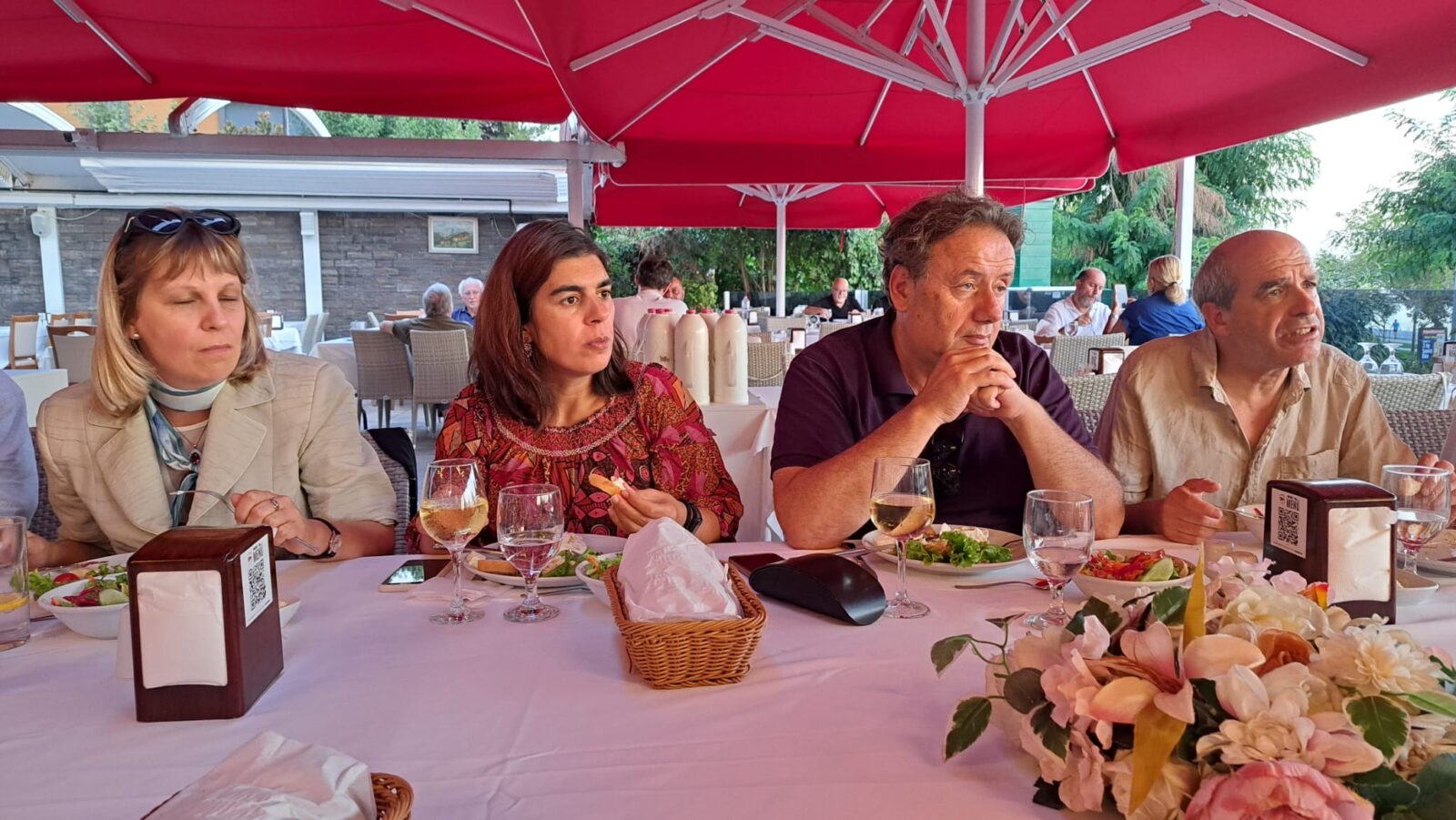












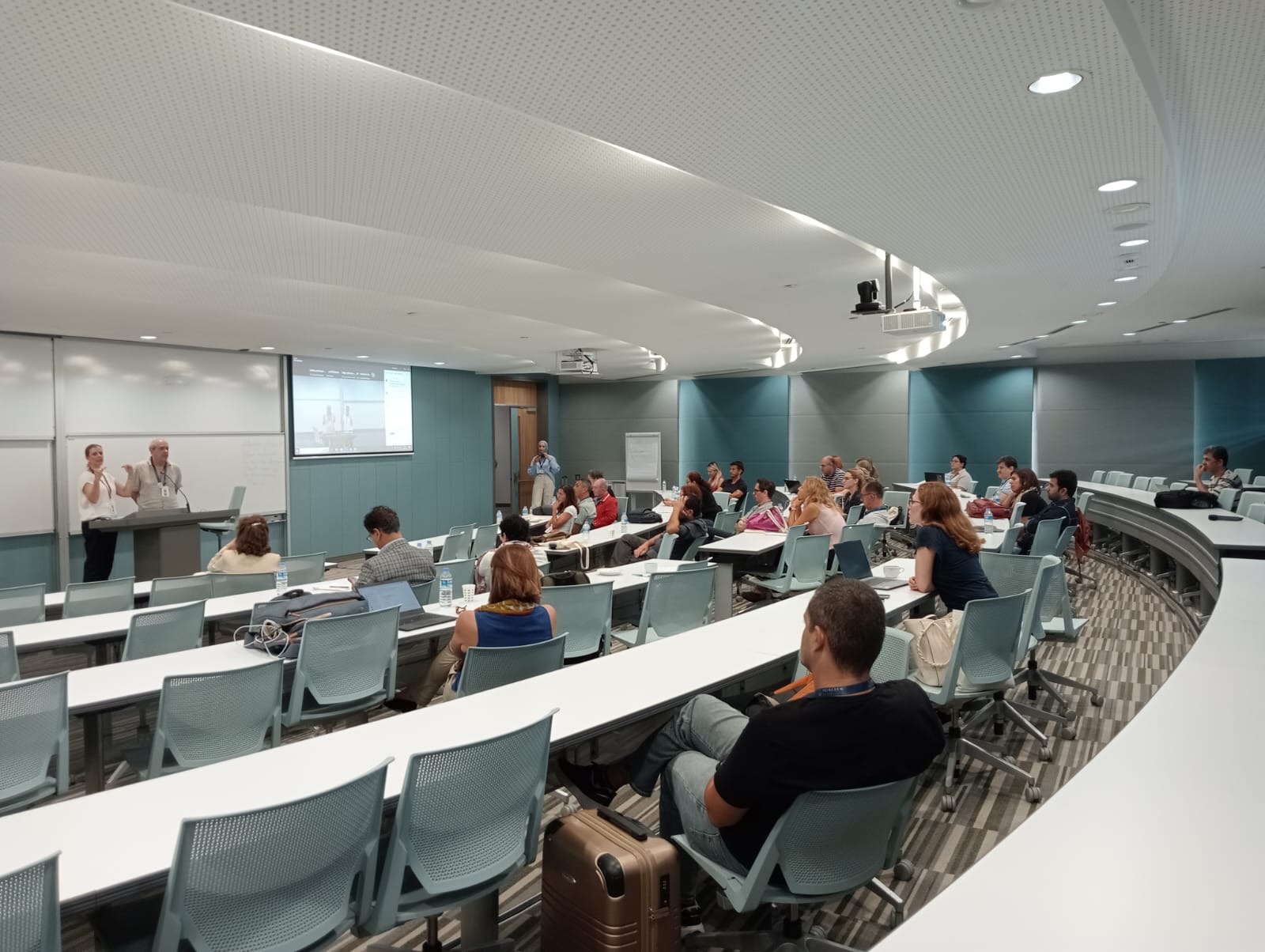












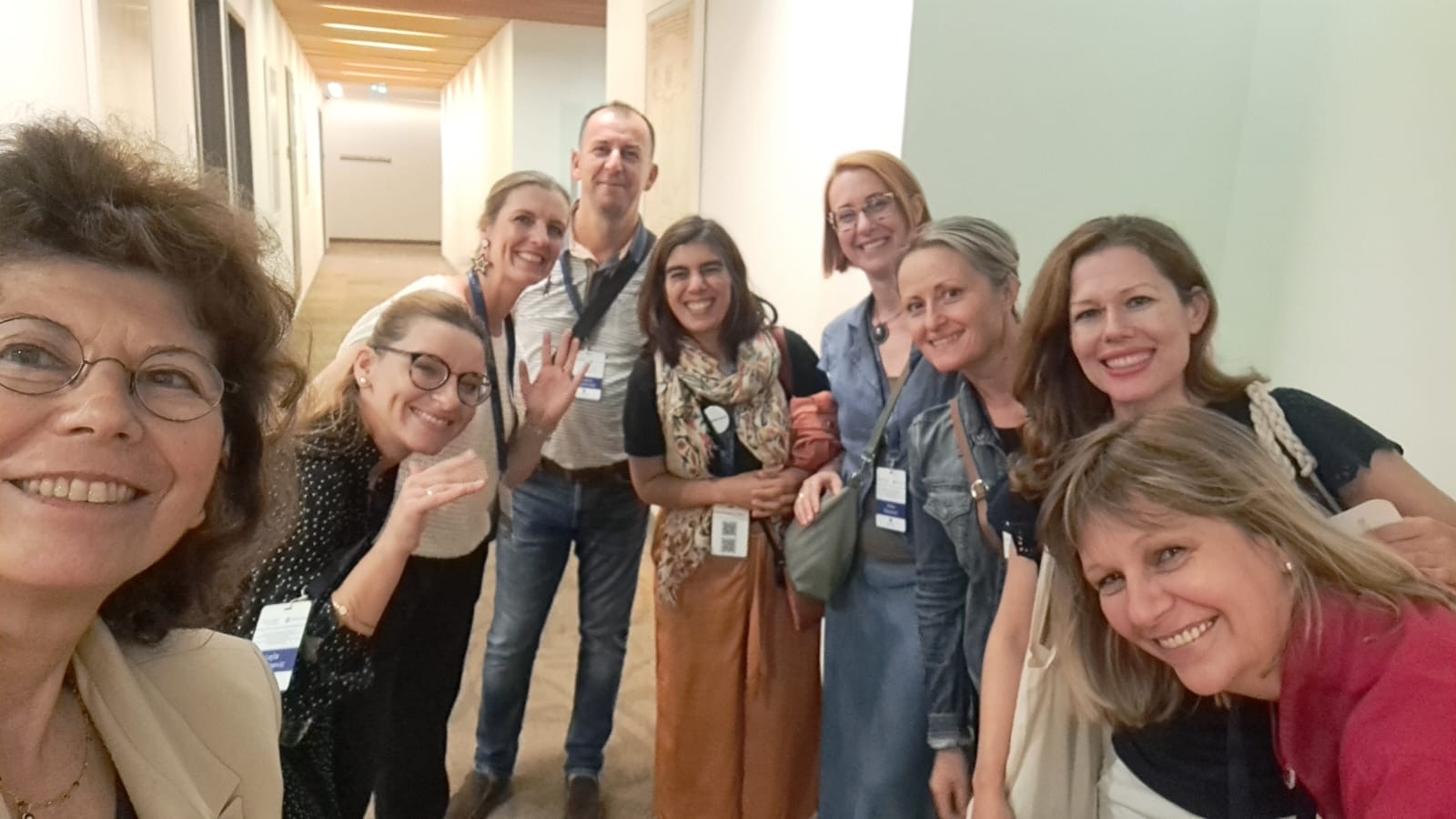

















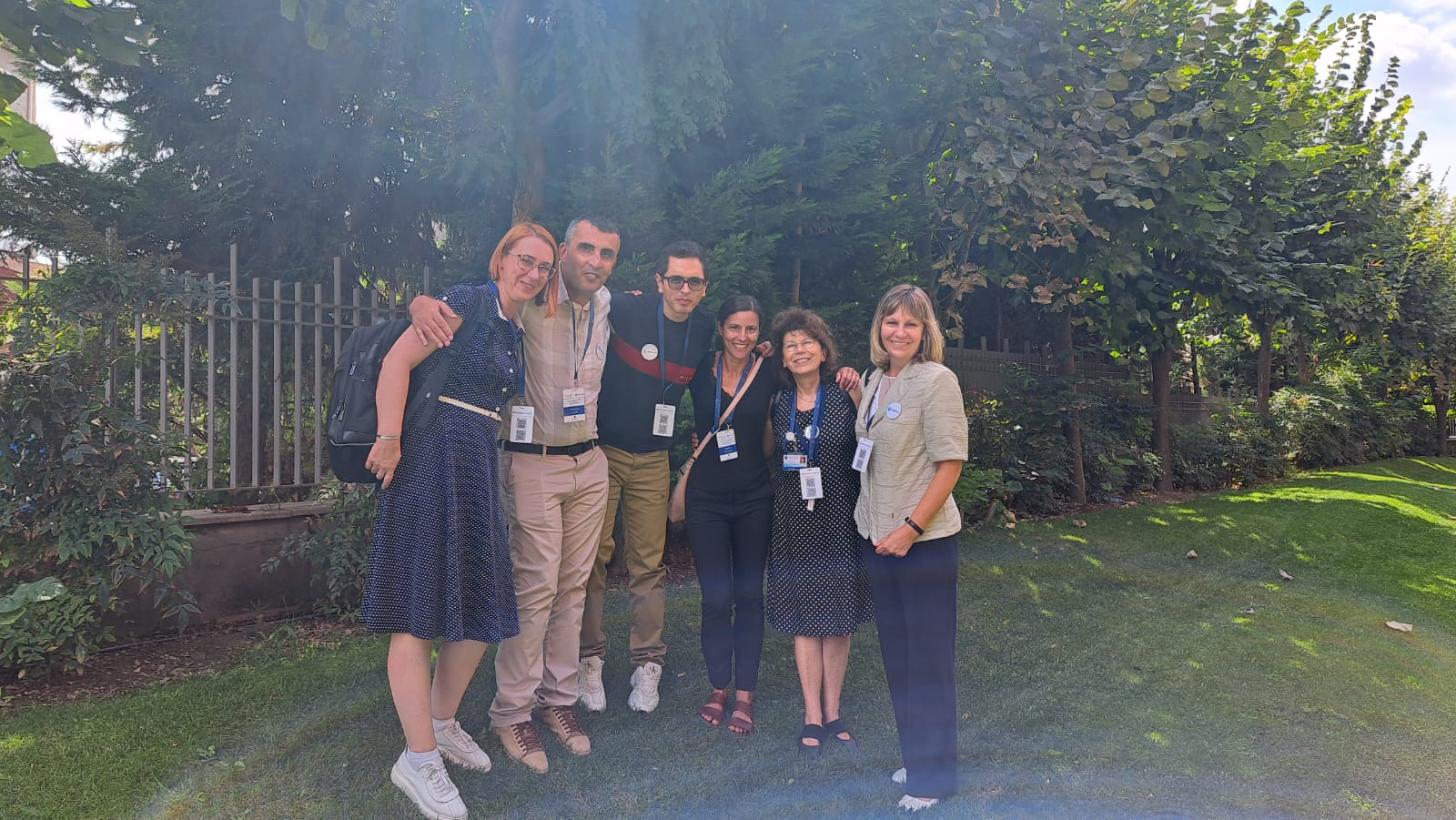






























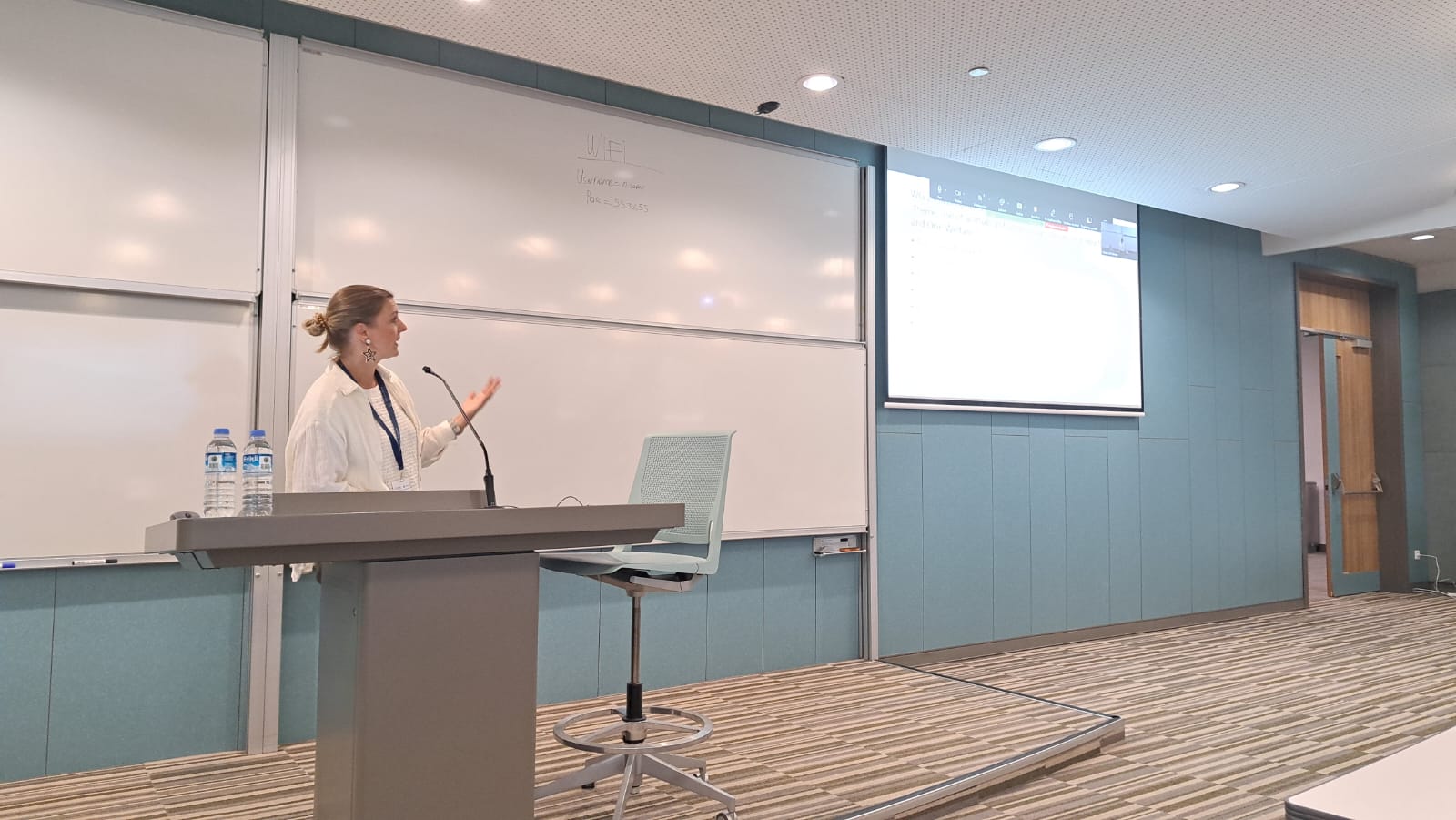









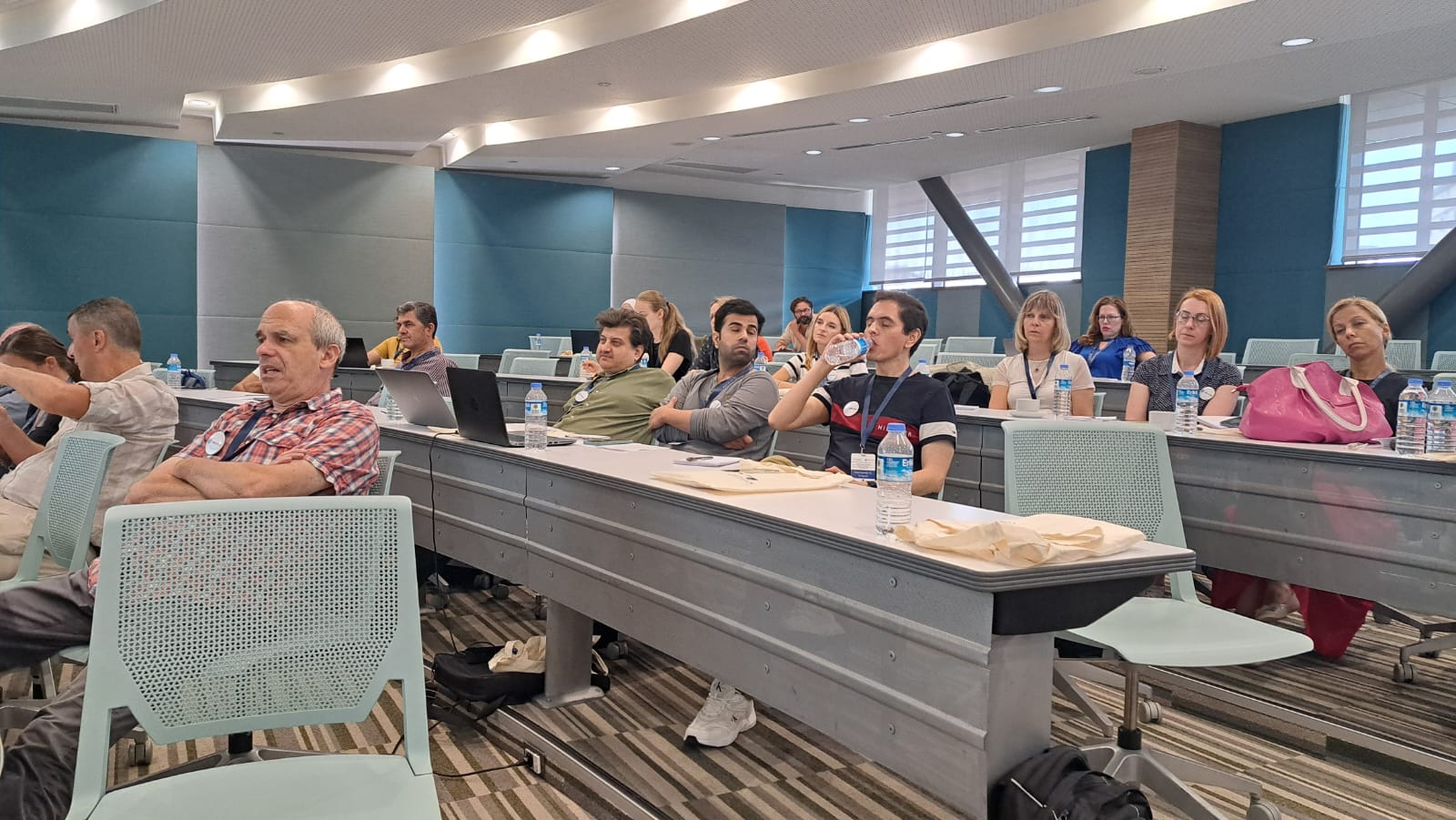








The main objectives are:
i) to coordinate the 3R Centers (currently most Centers are part of the network “EU3RNet” )
ii) to support emerging 3R Centers;
iii) to dialogue and collaborate with other relevant actors and stakeholders.
There was a great deal of interest in the meeting -despite the adverse weather conditions, 35 people attended in person, while 20 people were present online. The chair of IMPROVE, Winfried Neuhaus gave a brief welcome.
The meeting was chaired by Arti Ahluwalia. Given the diversity of participants and the fact that most had not met before, much of the meeting was devoted to sharing the background, resources, goals and needs of each group. These were in the form of country-wise presentations of the current status of 3R centres and interested parties.
There were 21 presentations. Given the exploratory nature of the meeting, questions and exchanges were encouraged during the talks. Indeed, several interesting points emerged, provoking lively discussions between participants.
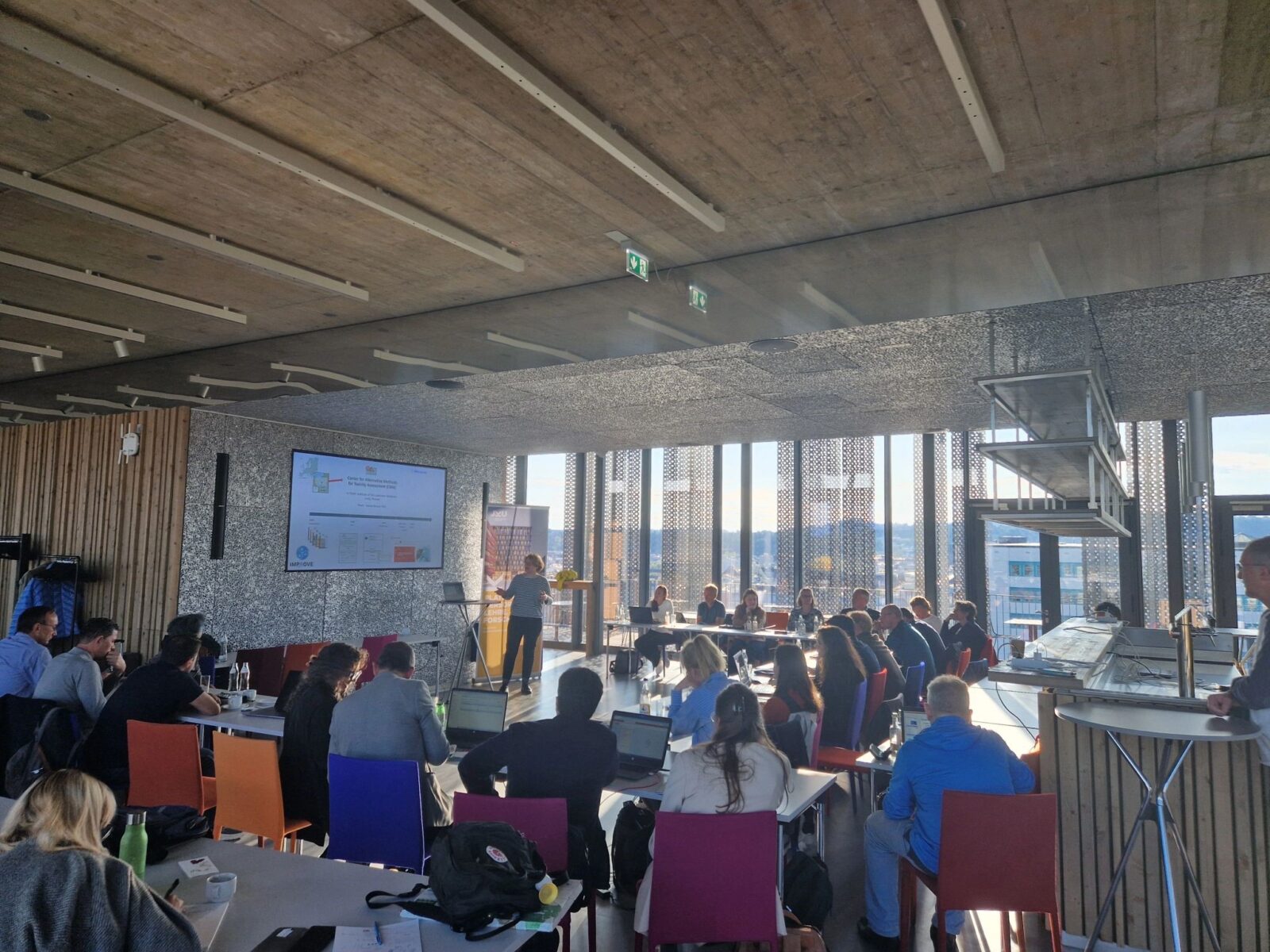
After a short break, participants discussed their impressions. A major topic was the interest and need for collaboration and mutual support for common activities and support of new 3Rs centres.
Prof. Arti Ahluwalia attended the FEPS-SECF conference 2024 (link to conference website) in Granada (Spain) from September 4-6th 2024.
- Title of the presentation: "Lab on a Laptop"
- Co-authors: Botte E, Mancini P, Fontana F, Magliaro C
- Presentation details: Presented at the Symposium on "New in silico approach methodologies for designing physiologically relevant models of human tissues", proposed and co-chaired by Dr. Elena Grasselli and Prof. Arti Ahluwalia. Her presentation introduced the 3Rs and the IMPROVE network. It focused on accessible computational tools for designing better research methods, integrated into graphical user interfaces, showcasing a "Lab on a Laptop" concept. The approach aligns with the emergent 3R methodologies (Replacement, Reduction, Refinement) and innovative New Approach Methodologies (NAMs).

Prof. Arti Ahluwalia (second from the right) with the other speakers of their session.
The key outcomes were discussions during breaks highlighted the limited adoption of non-animal models due to perceived simplicity compared to animal experiments. The human-centric perspective in this community often sees lab animals as instruments, reflecting substantial funding influences (e.g., pharma). As future outreach Prof. Arti Ahluwalia plans to attend the Italian Physiological Society meeting in 2025 to further advocate for 3Rs and NAMs. In addition, collaborations were initiated with researchers from Switzerland and Italy, focusing on data analysis of human exercise and animal models.
Through this STSM, the applicant aimed at learning the methods available at the Host Institution for the bioprinting of alginate-based bioinks embedding hepatic cells, as well as techniques for evaluating the bioprinted constructs and the cells embedded in them. Briefly, during the STSM, the applicant had opportunity to perform the bioprinting of alginate and gelatin bioinks and test the effect of different crosslinking conditions on the stability of the bioprinted constructs. The referred bioinks were also used for embedding hepatic cells, mainly hepatocytes (HepG2 cell line) and hepatic stellate cells (LX-2 cell line). Cells embedded in the scaffolds were analysed using different techniques. Moreover, the applicant was also able to test the 3D bioprinting of a different bioink composed by collagen type I and alginate. The system used for bioprinting at the Host Institution is presented in Figure 1, and representative pictures of the printed scaffolds are shown in Figure 2.
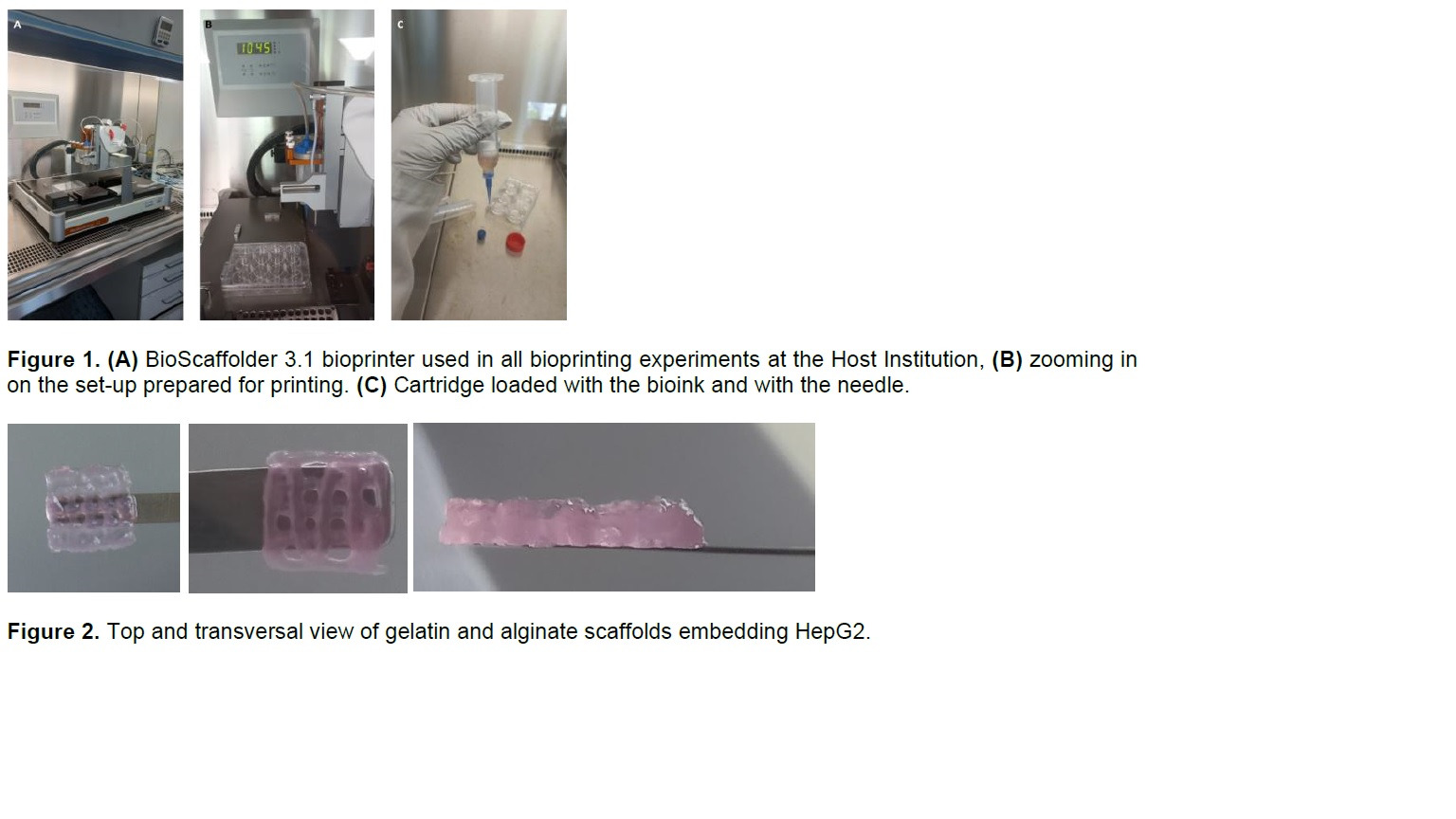
Overall, the initial work plan proposed in the STSM was achieved, as the applicant was able to gain extensive hands-on experience on 3D bioprinting of alginate-based bioinks for creating in vitro liver models that will be essential for her work at the Home Institution iS3 in Porto, Portugal.
Next to the hybrid Management committee meeting, it was worked on several objectives, but also new topic of the working groups 1 and 2 such as the involvement of animal caretakers in the research process or a NAM expert data base.

Group photo at the end of the WG meetings
One ITC grant was successfully granted to YRI Arif Kamil Salihoglu from Turkey to attend the FENS Forum 2024, the biggest Neuroscience Conference in Europe (FENS Forum 2024 | International Neuroscience Conference), hold in Vienna, Austria from 25.-29.6.2024. He presented his work entitled "Neuroendocrine dysregulation in microglial cells during the progression of Alzheimer's disease: Prelimiary insights from gene expression analysis".
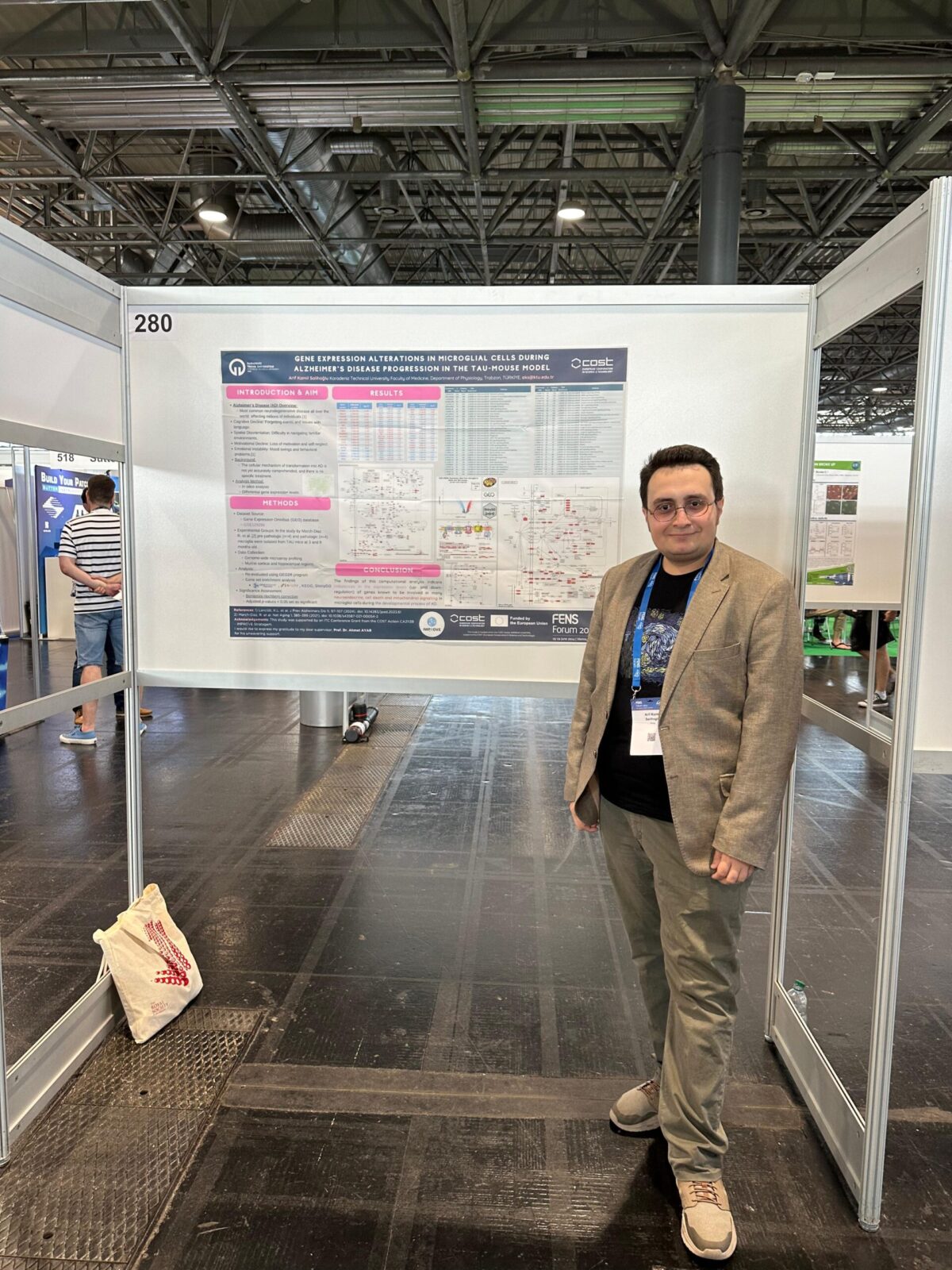
Networking event "How to organise and respond to pressure to phase out animal experimentation in neuroscience" during the FENS 2024 congress, the biggest Neuroscience congress in Europe with over 8000 participants (FENS Forum 2024 | International Neuroscience Conference), in Vienna, Austria on
A short report could be read on: https://www.linkedin.com/posts/vootele-voikar-2020_fens2024-activity-7212357642264952832-87HR?utm_source=share&utm_medium=member_desktop
Winfried Neuhaus joined the panel for discussion.
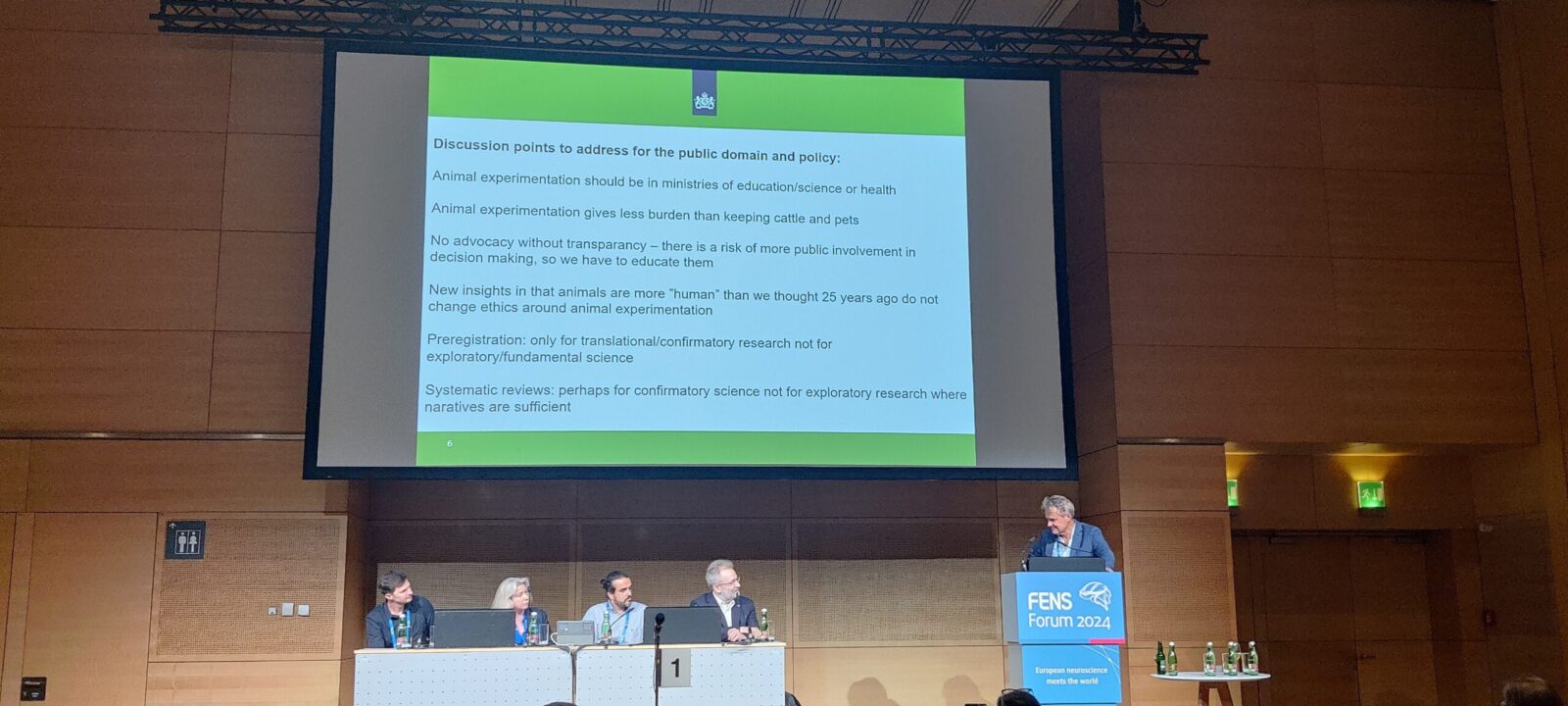
Home take messages from the report above (© Vootele Voikar):
Every scientist using animals is also a Lab Animal Scientist - these two disciplines need more dialogue and work together .
Every scientist should be ready to present and explain their work publicly.
Every scientist should use the best model available for a given question.
There is no simple messages or easy answers, communication depends also on target groups.
Only robust and rigorous science is defendable - open science, preregistration, systematic reviews etc to increase transparency and reproducibility, also for exploratory research.
Avoid polarization, opposing "us" (know) and "they" (don't know).
Thanks for organising it, hope we all learn continuously how to be better scientists, the society needs us!
The COST Action IMPROVE has introduced itself at the Symposium on "3Rs and NAMs: all-inclusive?" in Utrecht, The Netherlands on the 19th of June 2024 (The 3Rs and NAMs: all-inclusive? - News & Events - Utrecht University).
See also following link: https://www.linkedin.com/posts/vootele-voikar-2020_3rs-3rs-activity-7209250078639718400-J2o9?utm_source=share&utm_medium=member_desktop
One session featuring leaders of the IMPROVE - 3Rs concepts to improve the quality of biomedical science (CA21139) - Winfried Neuhaus / Nuno Henrique Franco / Jeffrey Bajramovic , talking about sustainability of 3Rs and how this concept is covering good science with best methods available, also the role of increasing number of 3R Centers in Europe.

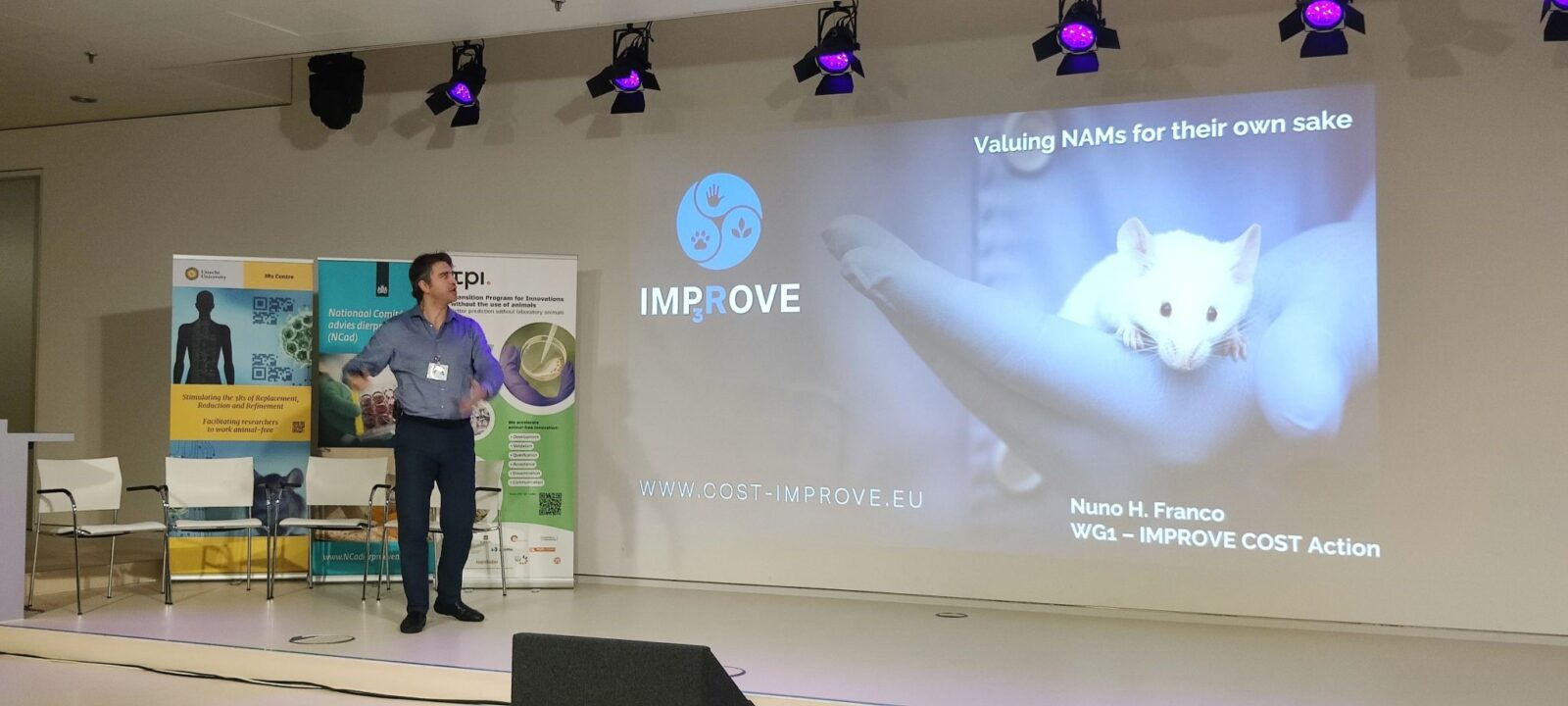
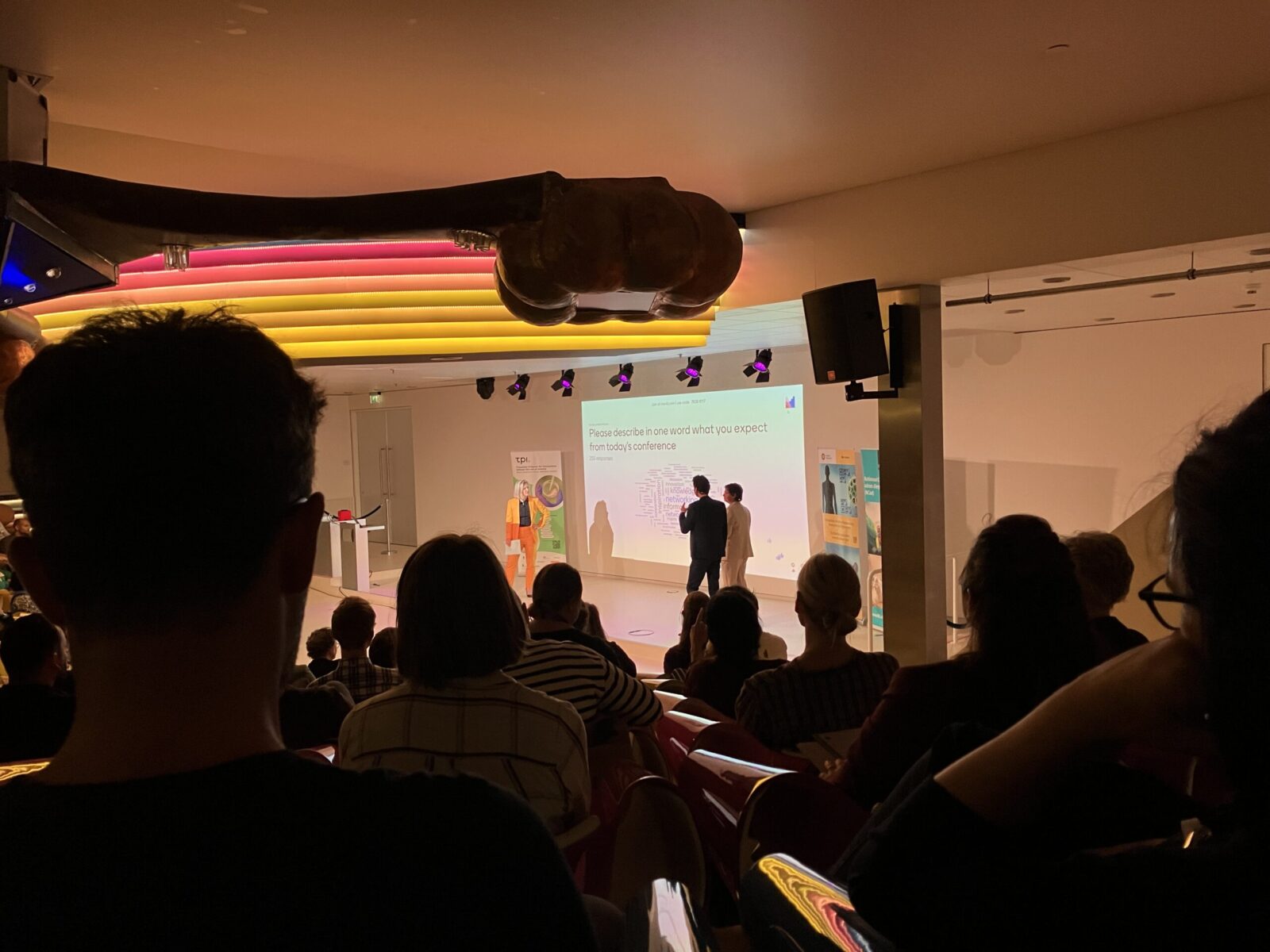
One ITC grant was successfully granted to YRI Marília Judite Falcão Torrado from Portugal to attend the 12th World Biomaterials Congress (WBC 2024, https://wbc2024.com/) in Daegu, South Korea from 26.-31.5.2024. She presented her work entitled "Let’s talk about neuroprotection! Exploring biodegradable dendrimers as delivery vectors in stroke".
Report from Marília Judite Falcão Torrado:
The World Biomaterials Congress (WBC 2024) was a very successful event, with an outstanding organization and with more than 4000 participants from all over the world. I feel very grateful for having had the chance to attend to the lectures of the world experts in the Biomaterials field, and learn about the innovative biomaterials being developed and the novel techniques used. Very entangled with the biomaterials’ world are the alternative models being established to a vast range of applications: from materials testing, to materials or techniques used in the models themselves.
Therefore, I learned a lot about this exciting ‘new’ field of research and had the opportunity to talk with some of the world experts, that gave me valuable ideas for my research. Moreover, a vast discussion was raised about animal studies, experimental design of biomaterials’ pre-clinical tests and all the regulations involved. It was also very interesting to perceive the diverse perspectives of researchers from different subjects on these topics and see the global change of interest from animal testing to the more in vitro alternative models. It is really an exciting era for this field and I believe that with all the efforts focused on this important change, we will have noticeable results in a near future.
Regarding my presentation, it was a pleasure to share my work with such a noticeable audience, that resulted in a good discussion about my results and important inputs from experts all over the world. Also, it was very pleasant to see that my work attracted very good comments from important names in my field of research, and that the audience was very interested on it. Moreover, important collaborations for my future work were established at WBC 2024, where we envisioned the development of an in vitro model that may be used for testing new brain therapies. Therefore, WBC 2024 was a very fruitful event for my work and my career and I thank you very much for helping me with this opportunity.
Within the STSM which took place at the IRCCS Fondazione Policlinico Universitario A. Gemelli from the 5th of April until the 5th of June 2024, I took a 2-month hands-on-learning visit at the Organoids Research Core Facility under the supervision of Professor Claudio Sette.
I learned a lot about the culture and handling of high-grade serous ovarian cancer organoids and ovarian cancer cell lines, as well as different advanced experimental techniques such as western-blot, proliferation and viability assays.
I have had the opportunity to advance the research associated with my PhD project, being able to acquire valuable data and results that will undoubtably enhance the potential of the compound we are developing.
Moreover, this STSM also contributed to the advance my academic and professional growth.
I can say with certainty that I have broadened my knowledge about in vitro 3D models, particularly organoids.
The visit to IRCCS Fondazione Policlinico Universitario A. Gemelli was an extremely pleasant experience and I would not hesitate to do it again.

Figure: Three different high-grade serous ovarian cancer organoids cultured and handled during my experience.
I am Paolo Signorello, a PhD student at the Department of Information Engineering, University of Pisa, and a member of Centro 3R, Italy. Thanks to the Short-Term Scientific Mission (STSM), I spent four months (from 01/02/2024 to 31/05/2024) at “i3S - Instituto de Investigação e Inovação em Saúde da Universidade do Porto”, under the supervision of Professor Bruno Sarmento. During this period, I developed a magnetic nanoparticle-based formulation and tested it in an advanced in vitro intestinal model1 for potential use in drug delivery or hyperthermic therapy targeting the intestine.

This model consisted, from top to bottom, of a multilayer co-culture using transwells for 24-well plates, which included four different cell types: two types for the epithelial layer, fibroblasts encapsulated in a hydrogel to ensure the development of the extracellular matrix in the apical compartment, and endothelial cells in the basolateral compartment. This configuration was designed to mimic the complex structure of the intestinal barrier.
First, I functionalized magnetic nanoparticles with a mucoadhesive biological material and tested them for stability over time and at different pH levels using a Dynamic Light Scattering (DLS) instrument.
Subsequently, I conducted a viability assay to evaluate the toxicity of the magnetic nanoparticles on all cell types. After 21 days of developing the model, I tested for any biological differences that may occur in terms of permeability and nutrient absorption, both in the presence and absence of the magnetic nanoparticle-based formulation.
I am very grateful to the COST Action IMPROVE for supporting this period abroad at i3S, as it significantly enhanced my knowledge of nanomaterials, cytotoxicity, the development of complex in vitro models, and co-culture techniques.
The atmosphere at i3S is very welcoming and inclusive. Furthermore, Professor Sarmento’s team is very proactive in building new working groups and fostering networking opportunities. This experience will allow me to engineer better, more advanced models with improved predictivity, in line with the 3Rs Principles.

[1] Ferreira B, Barros AS, Leite-Pereira C, Viegas J, das Neves J, Nunes R, Sarmento B. Trends in 3D models of inflammatory bowel disease. Biochim Biophys Acta Mol Basis Dis. 2024 Mar;1870(3):167042. doi: 10.1016/j.bbadis.2024.167042. Epub 2024 Jan 29. PMID: 38296115.
The TATAbox is a game which gathers players around a common goal: inspire innovation & encourage collaboration to make New Approach Methodologies (NAMs) a reality.
The session brought together teams from the COST Action IMPROVE from Vienna (Austria), Rome (Italy) and Prague (Czech Republic) and the course moderator Valentin Salamone from Altertox on 21st of May 2024.
The IMPROVE partners received a training about the TATAbox as well as a video tutorial before playing the game. Participants were introduced to the new education material dedicated to teaching about validation of alternatives to animal testing. Moreover, the IMPROVE partners were trained also to use this material for their master and bachelor students afterwards in their course.

The online course covered following aspects:
- To facilitate engagement and interaction around NAMs (new approach methodologies)
- To dive into the ecosystem of NAMs by playing the role of the key stakeholders involved in the
development of NAMs ( NGO, SME, Academia, Industry) - To learn NAMs and the Associated vocabulary (Glossary)
- To identify the key steps necessary for the validation of NAMs
- To stimulate collaboration between stakeholders in the chain of development of 3Rs or non-animal methods and technologies.
- To collaborate between end-users and developers (e.g. industry, regulators, biotech companies,
policy makers) and increase the chance that developments meet performance criteria, which are
fit-for-purpose and will actually be used, accepted and implemented - To study and understand behavior of stakeholders and identify the drivers that cause them to
use either (traditional) animal studies/methods or to choose for non-animal methods or
combinations of them. Arguments may be diverse, e.g. ethical, common practice, scientific, … - To increase cross-disciplinary science which is expected to lead to more effective research
strategies, and hence, fewer animal testing. Stimulation of cross-disciplinary science starts with
implementation of a cross-disciplinary learning environment. The network could organize a
working group on interdisciplinary research for the purpose of fewer animal testing. - To attract next generation of Young Researchers and Innovators (YRIs) for the 3Rs field, support
them to learn about the manifold subjects, topics and possibilities in the field to contribute to the
improvement of biomedical science in general and foster their education via workshops, training
schools, conferences, etc.
Following learnings and positive feedbacks were collected after the online course:
- New information" and "thinking about": the game is very nice because it allows to learn the time course of the activities for the validation of new alternative methods. So I think it will be very useful for our students!
- Definitions connected to NAMs
- Learned some new terms in particular towards in silico modelling
- New definitions in the field of NAMs
- “During the second part of the workshop, some participants realised that they did not know enough about validation and encouraged them to learn more about the topic.
On May 16th,the Young Investigators and Innovators committee from COST Action IMPROVE organized the webinar Let's Talk about Mindset, facilitated by Nikki Osborne from RESPONSIBLE RESEARCH IN PRACTICE.
This seminar provided an introduction to the concept of growth and survival mindsets. It was discussed, why mindset matters and how it influences our reactions and interactions with others. Awareness of mindset traits, triggers and behaviors can provide individuals with the insight needed to show up more consistently from a mindset and fullfil their research potential.
The activity that was part of the Career Development Program equipped the participants with essential insights and tools to understand the fundamental differences between operating from a mindset of growth and survival. It also provided clues to identify personal triggers, habits, flags, and behaviors associated with both mindsets.

After this activity, ten participants, members of the COST Action IMPROVE, were awarded a virtual grant to participate in the 6-hour course “Mindset to Growth,” in which they will be provided with tools to achieve a shift from a mindset of survival to growth.
This opportunity is expected to allow participants to embark on a journey of self-discovery and growth towards a better 3R science.
The participants learned about different models for testing in vitro, focusing on reproducibility, and exploring new non-animal models for getting closer to humans. The Training School shed light on the latest models for performing research in human diseases and health problems with less use of animals for experimentation.






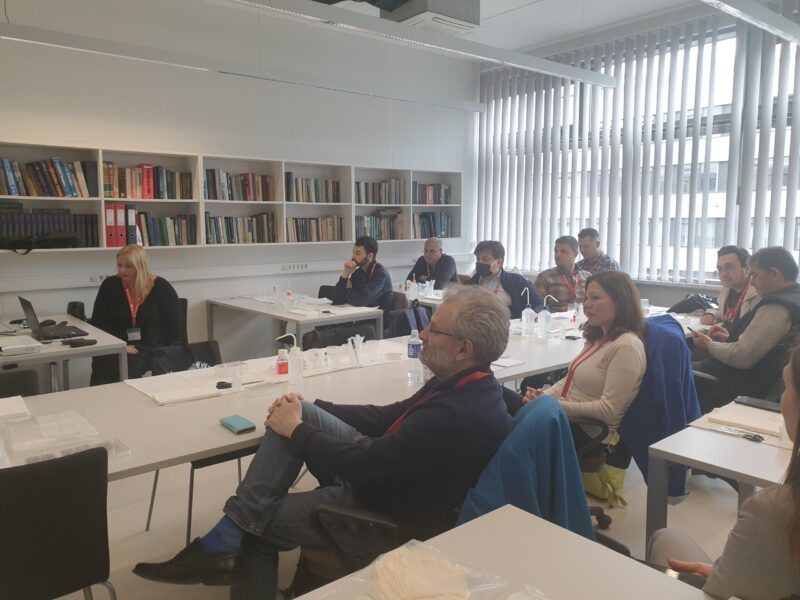
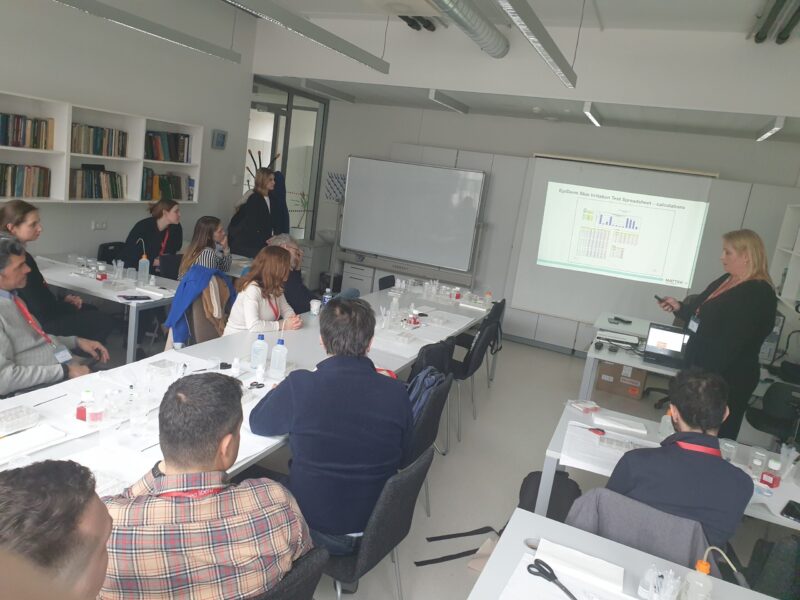


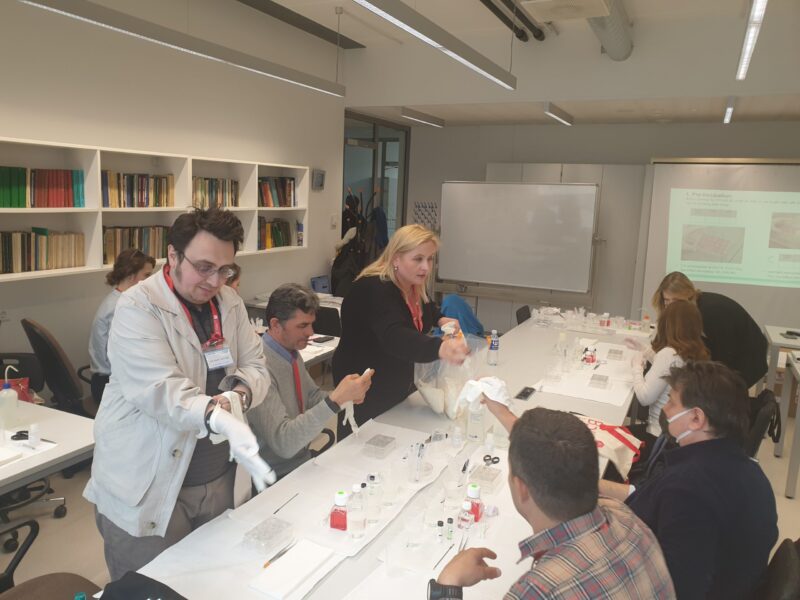









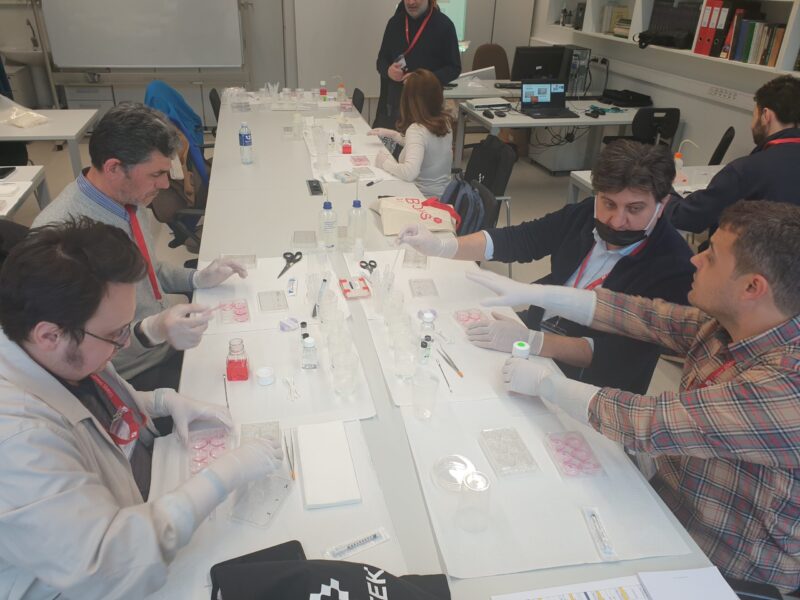
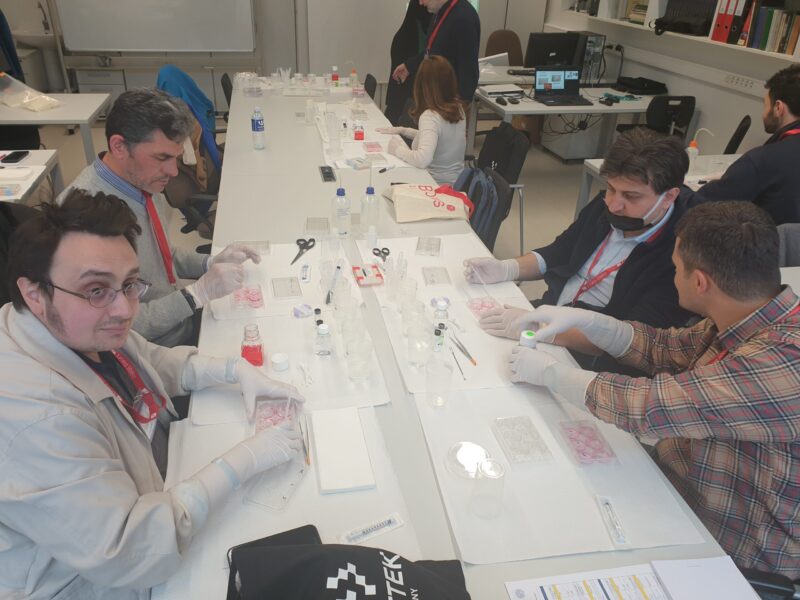



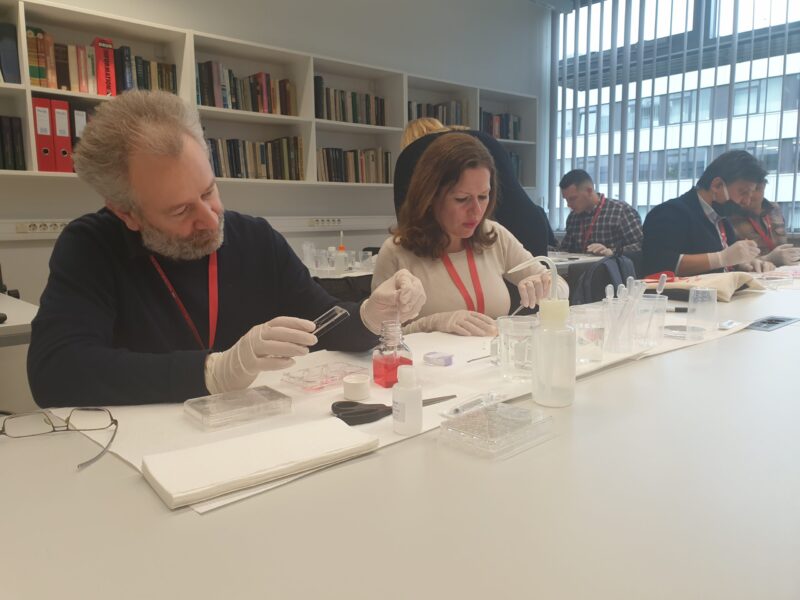



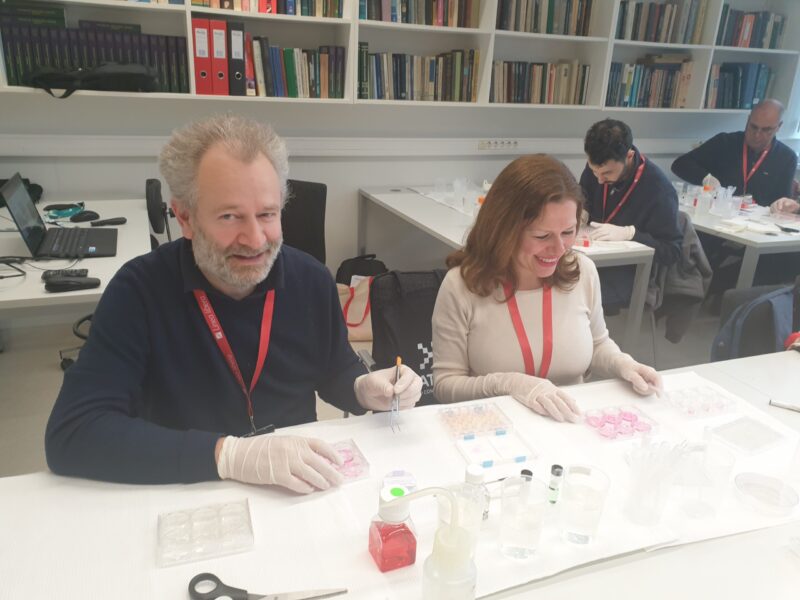


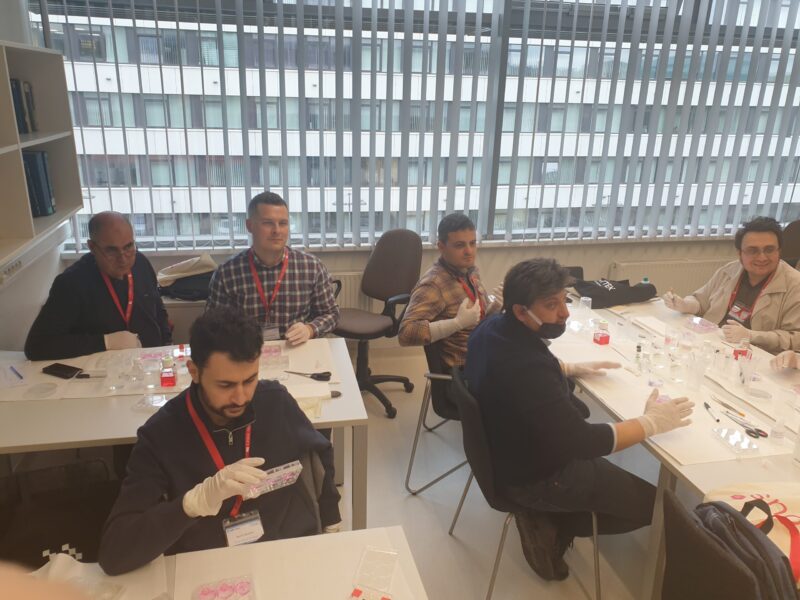
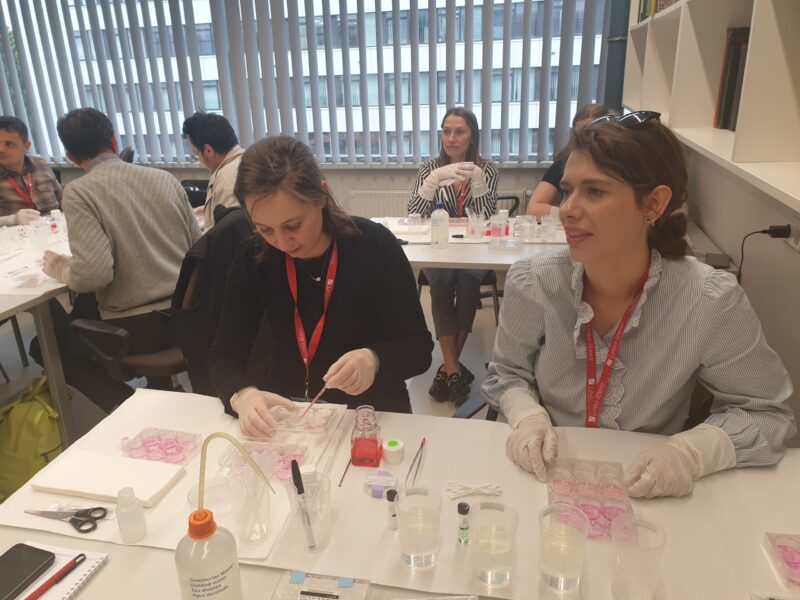

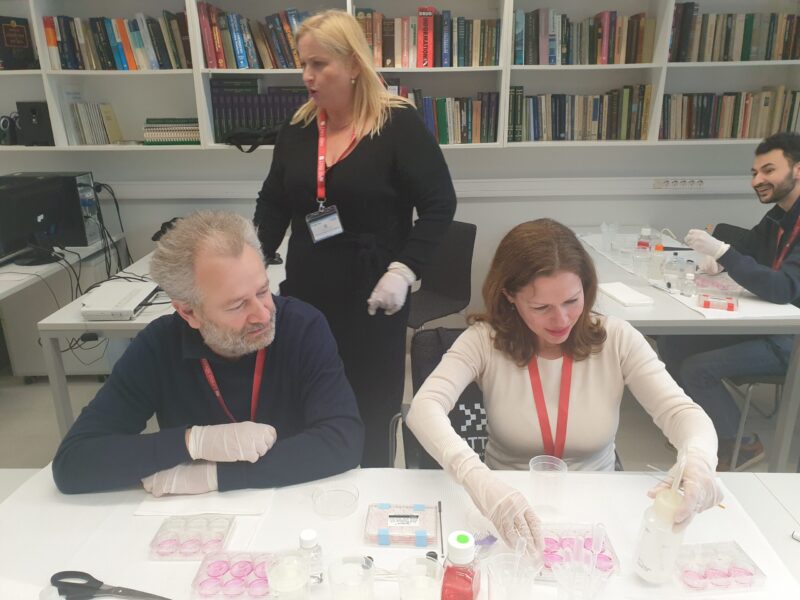




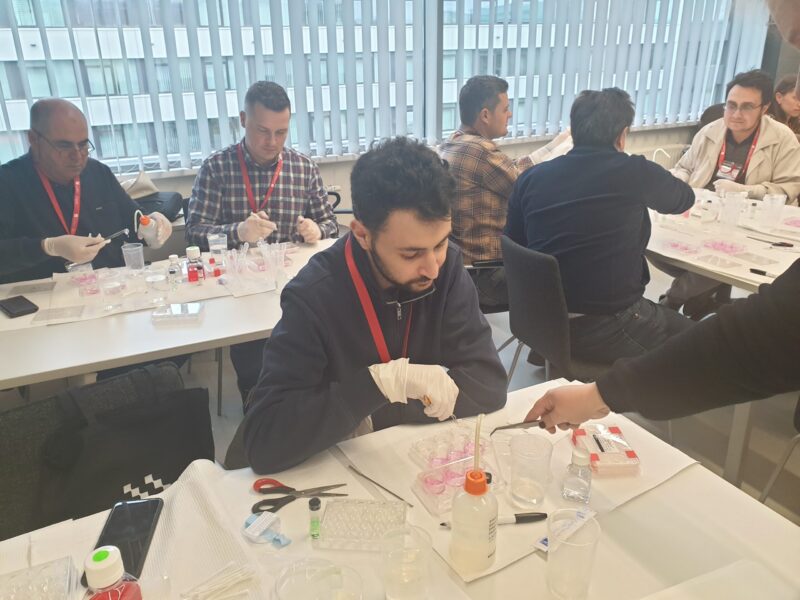


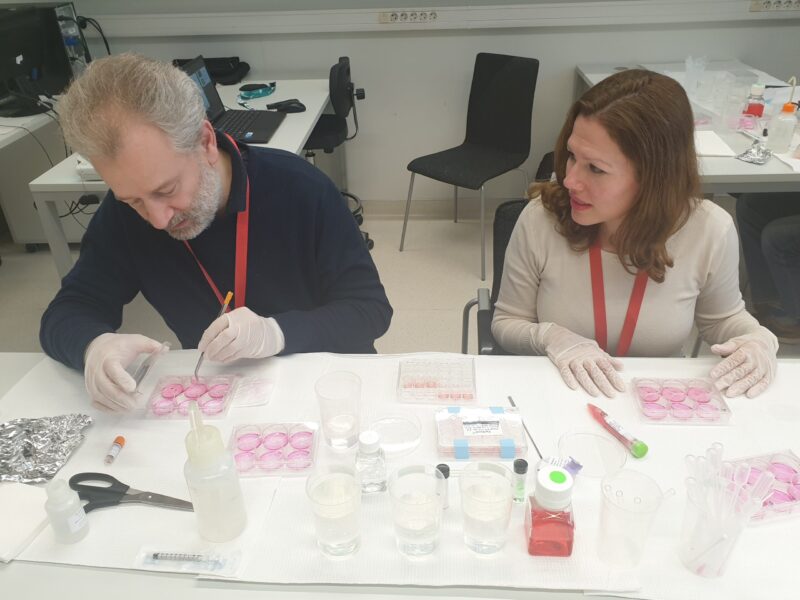













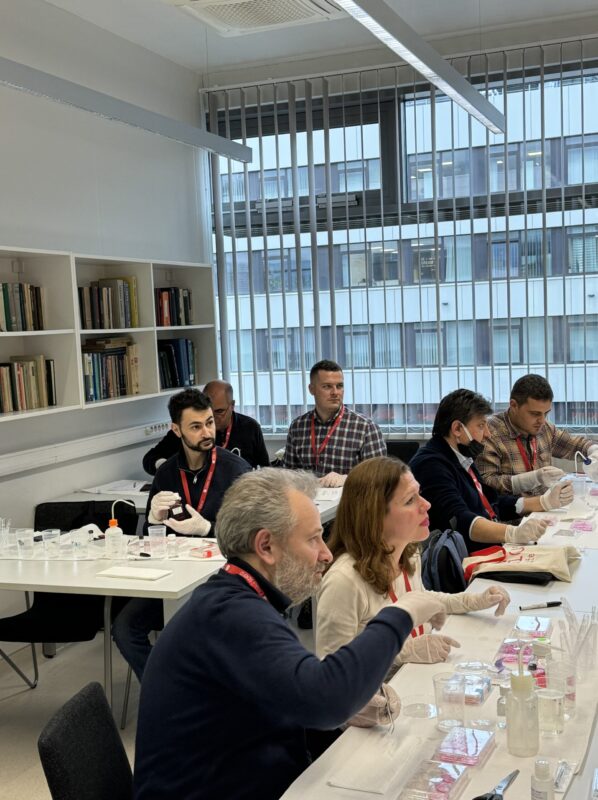
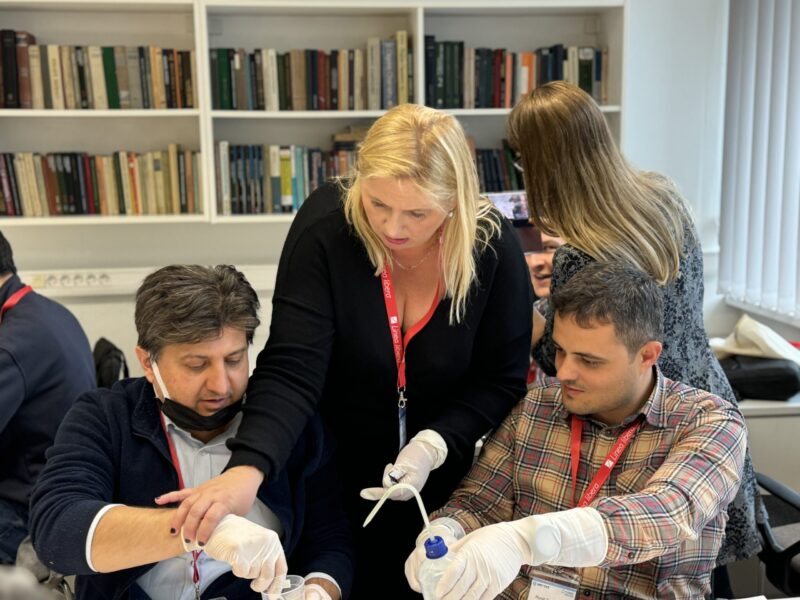
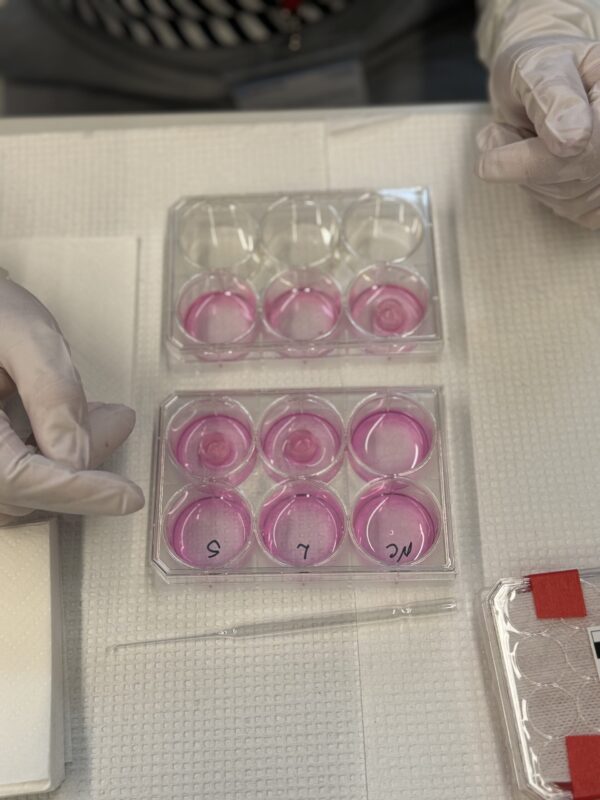

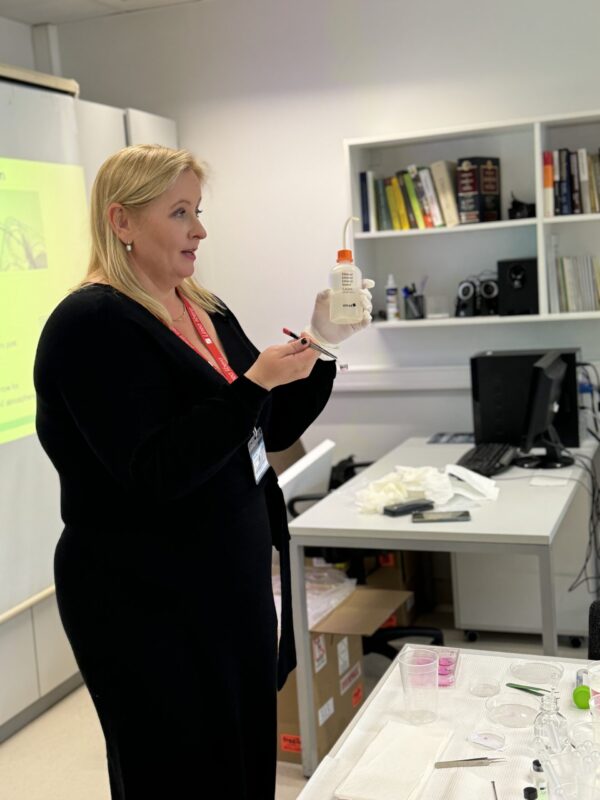
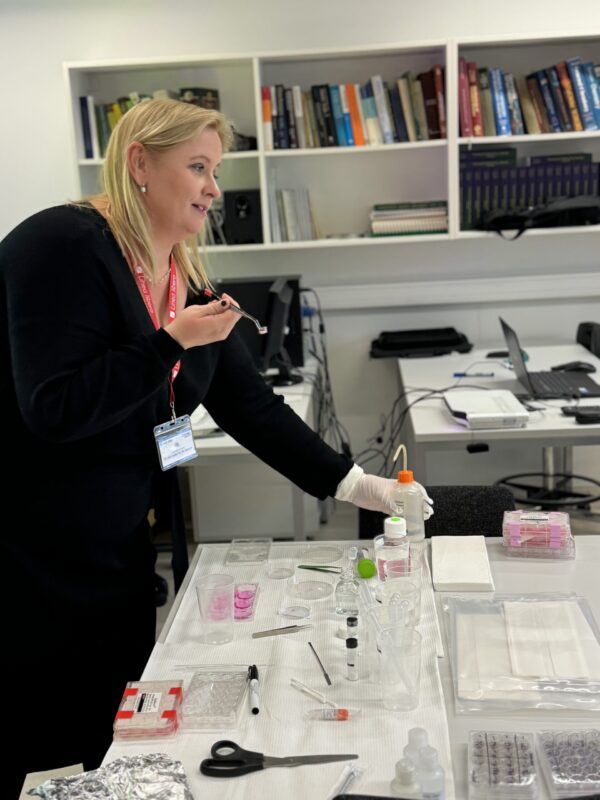
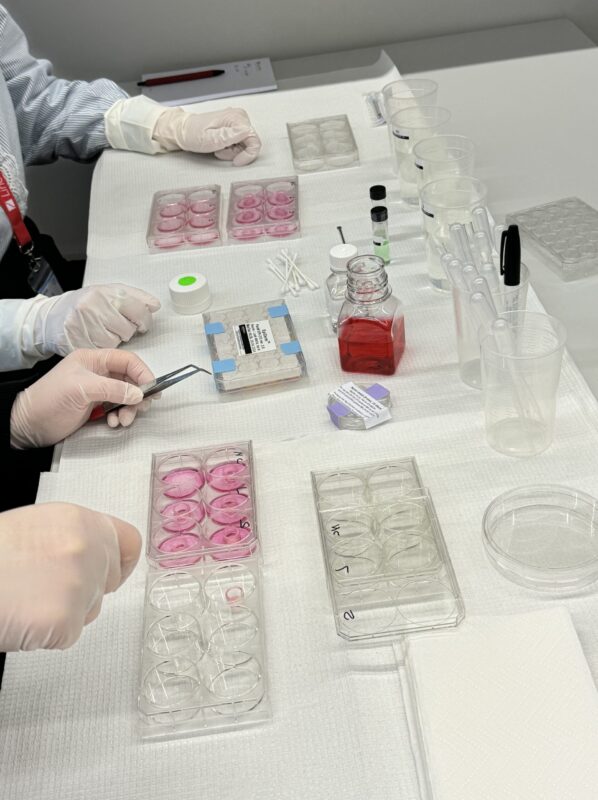











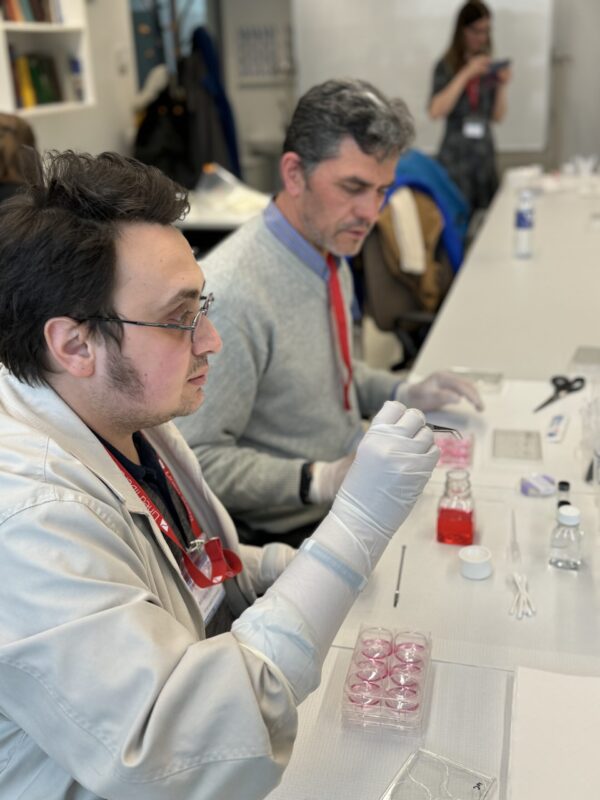








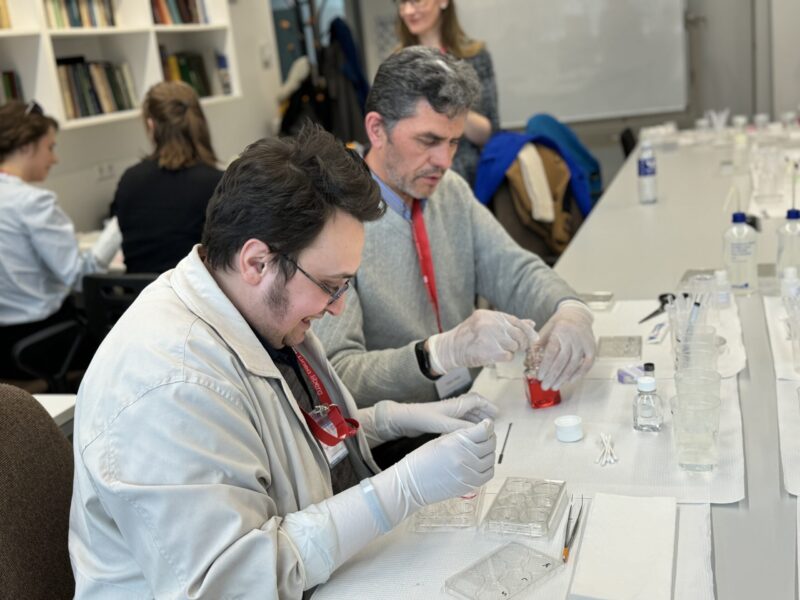







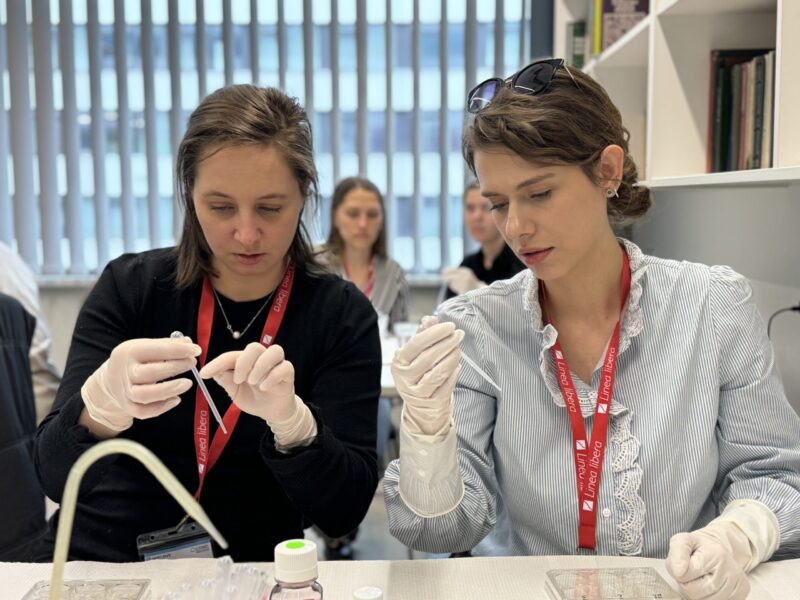


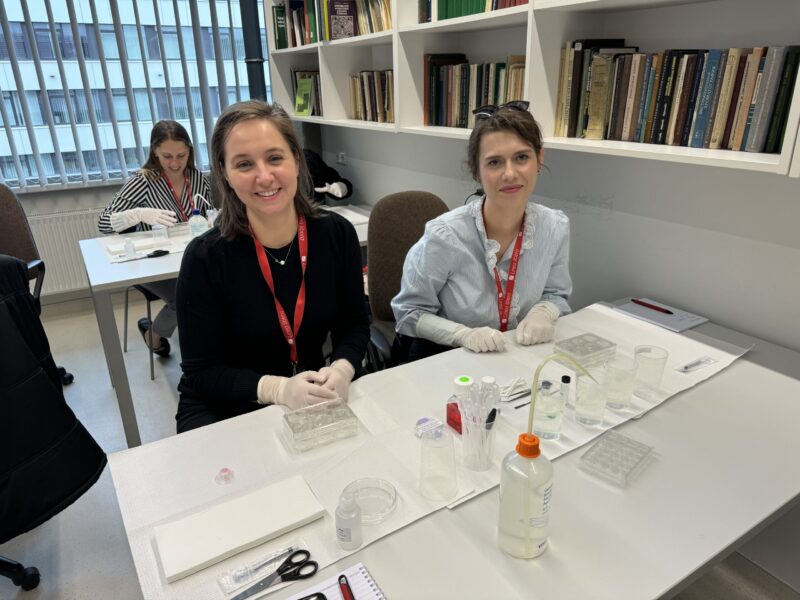
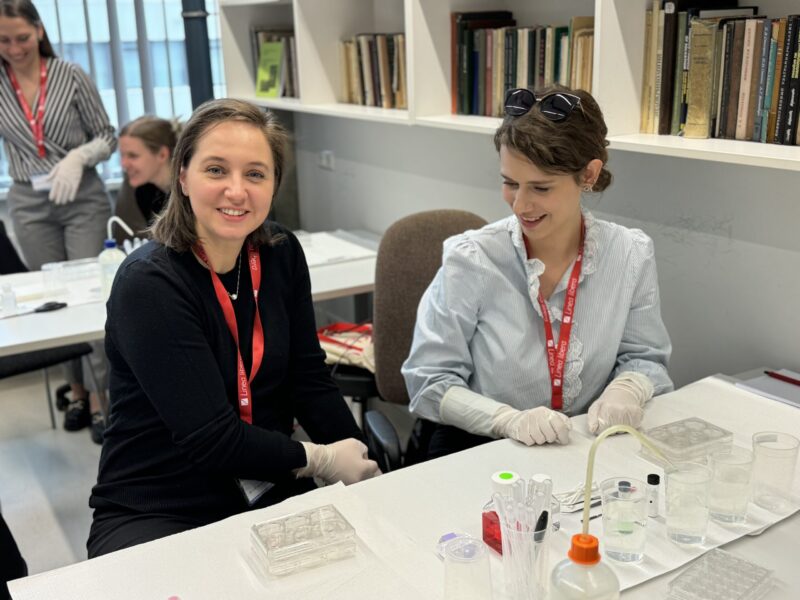



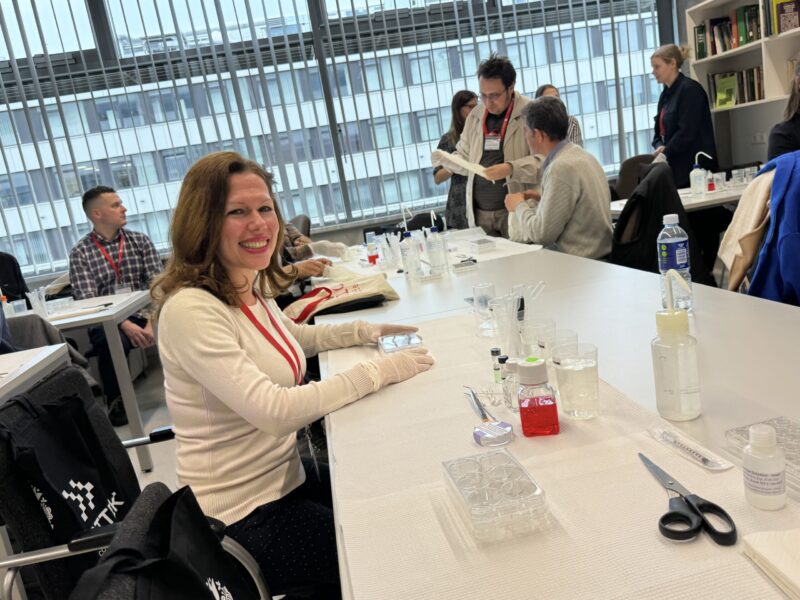

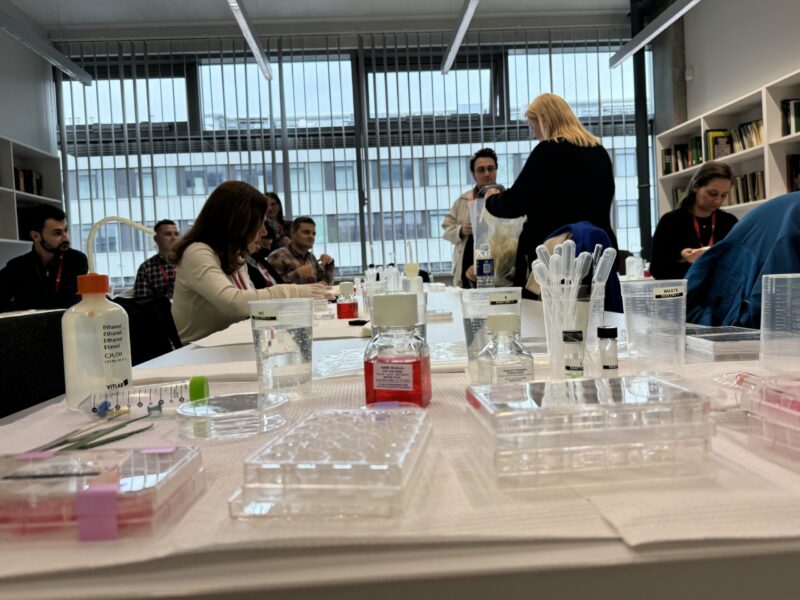

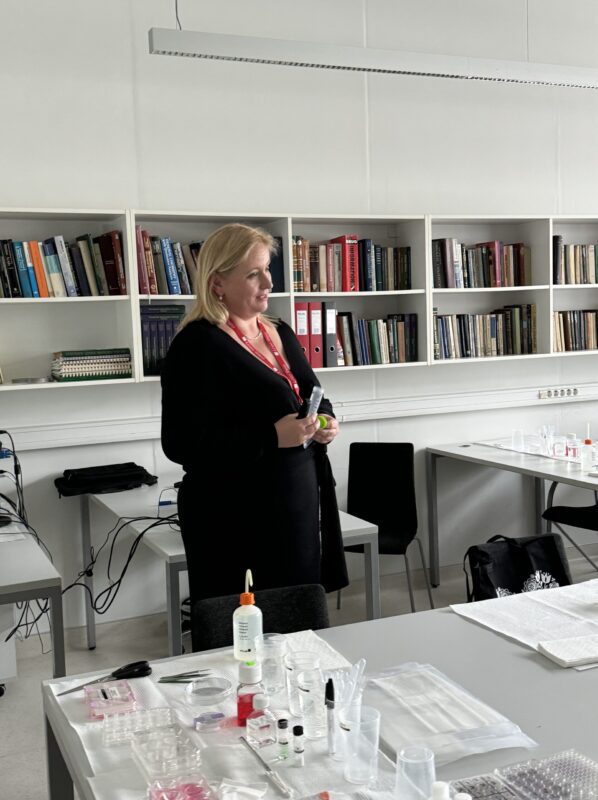



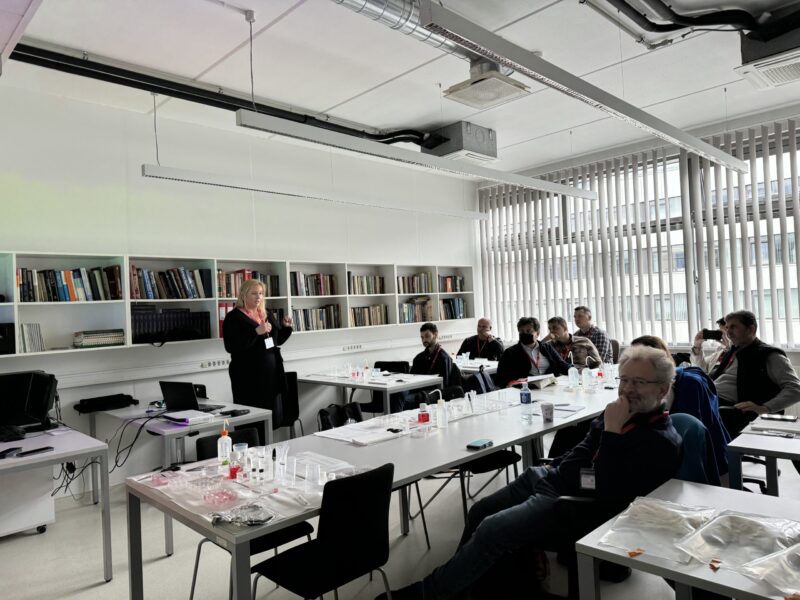
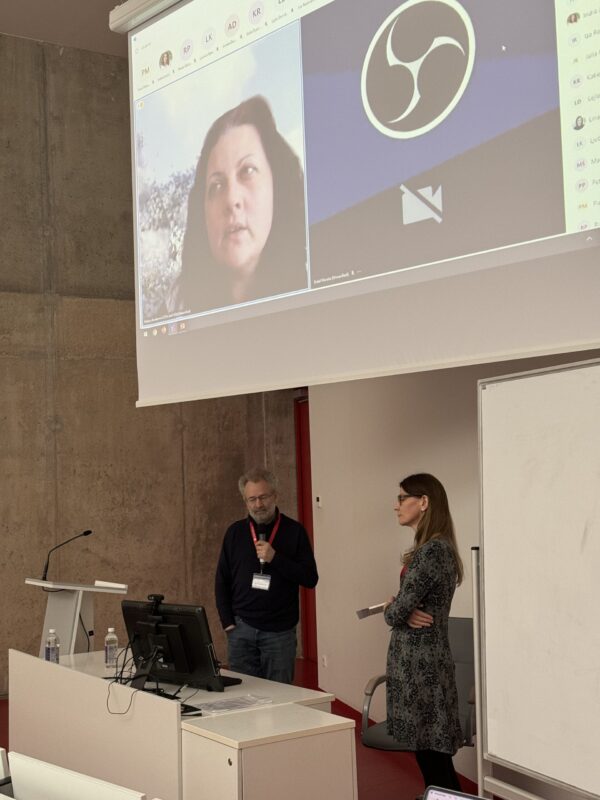







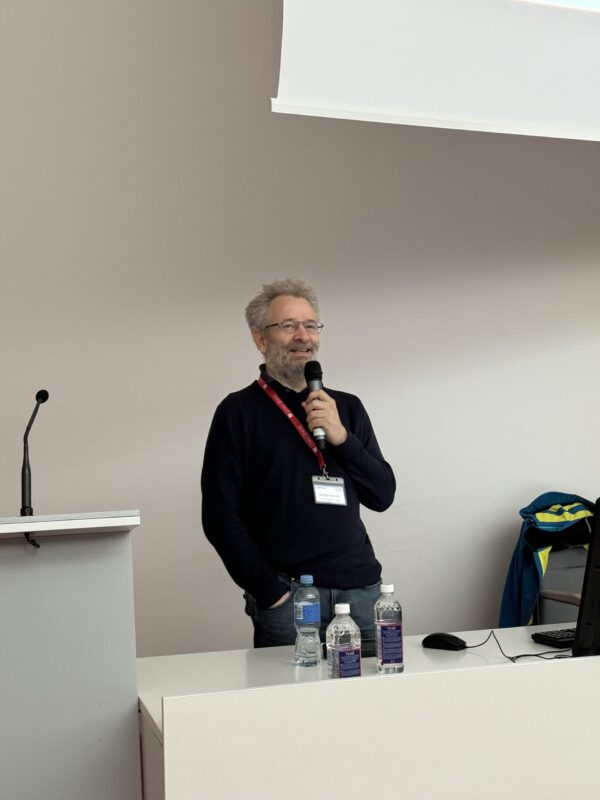
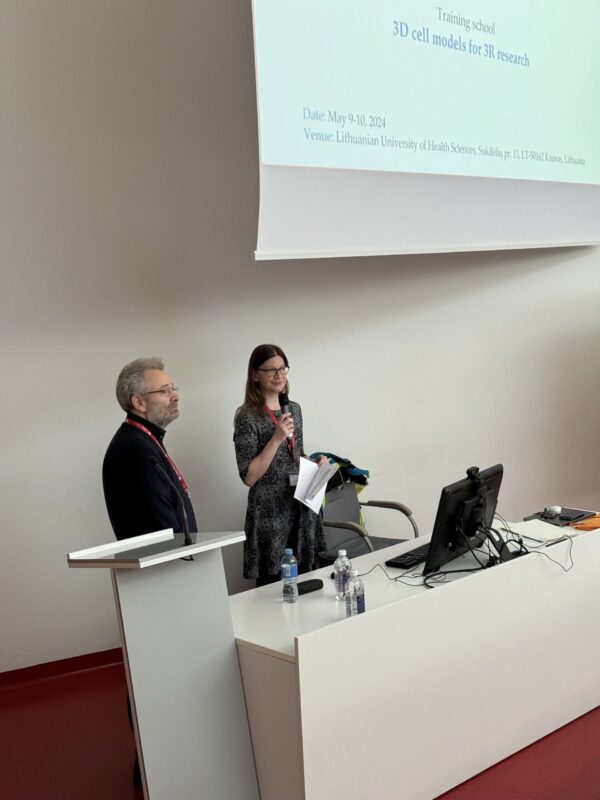

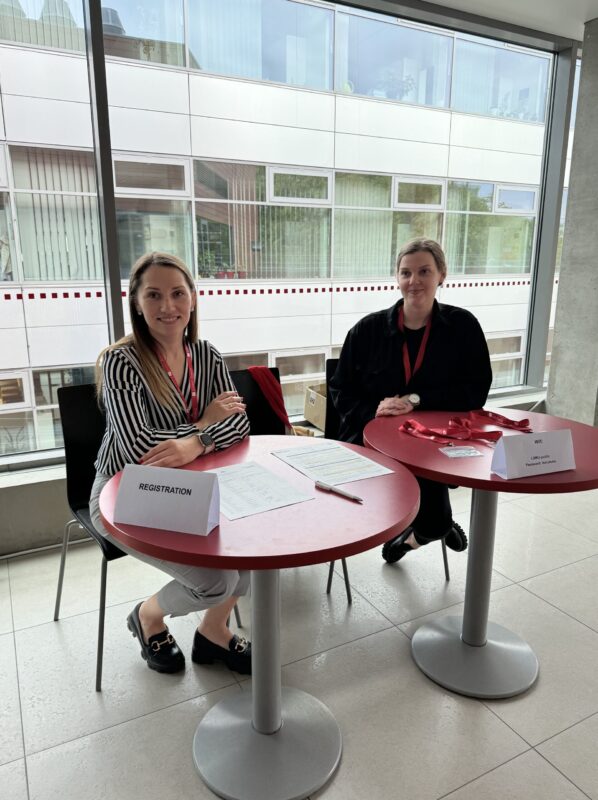






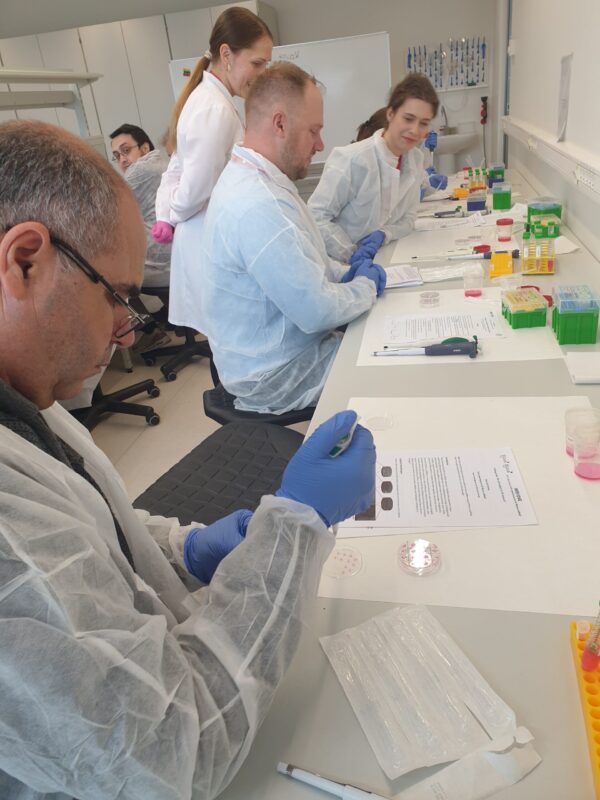


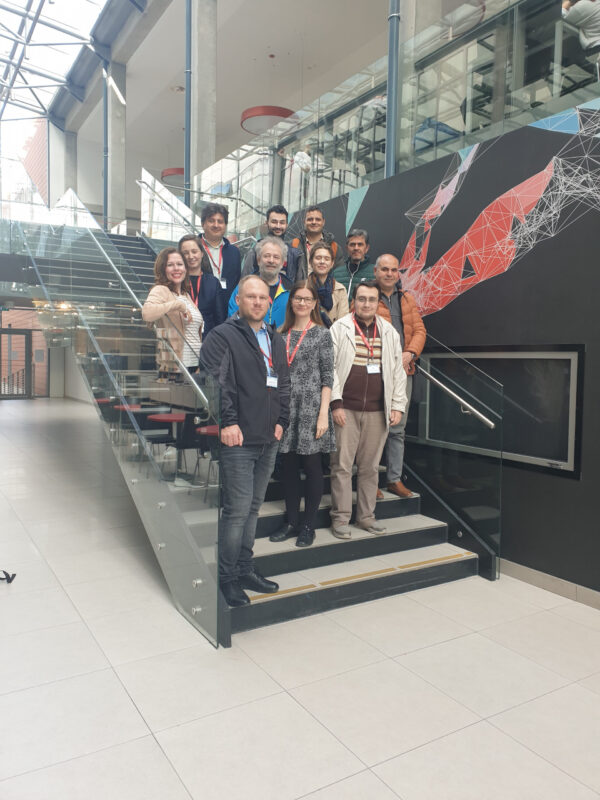



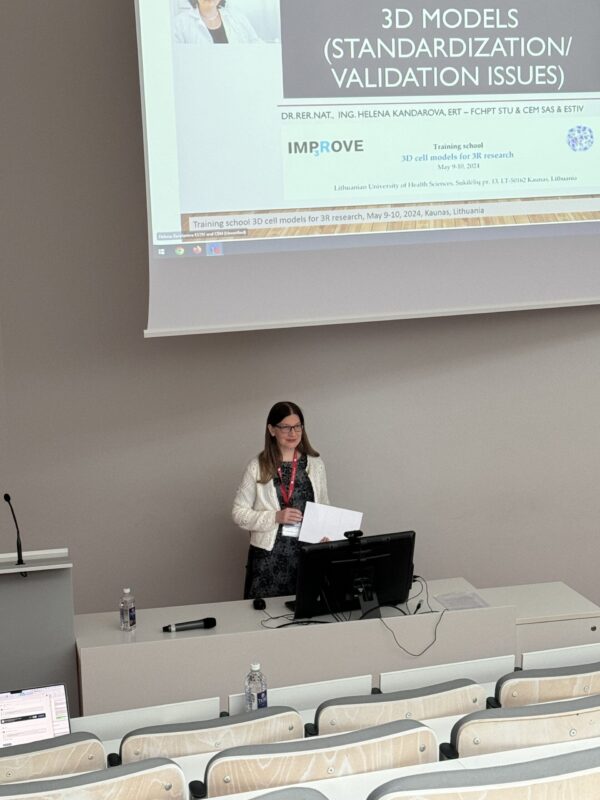



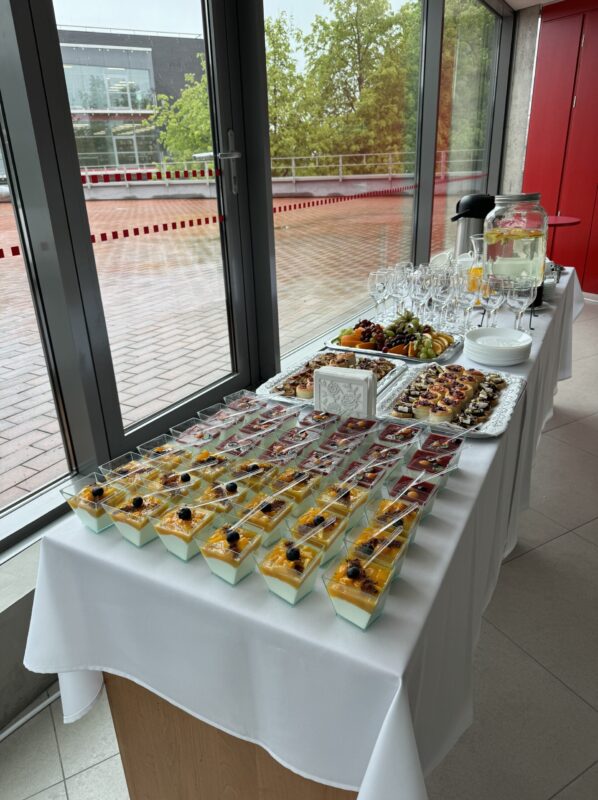
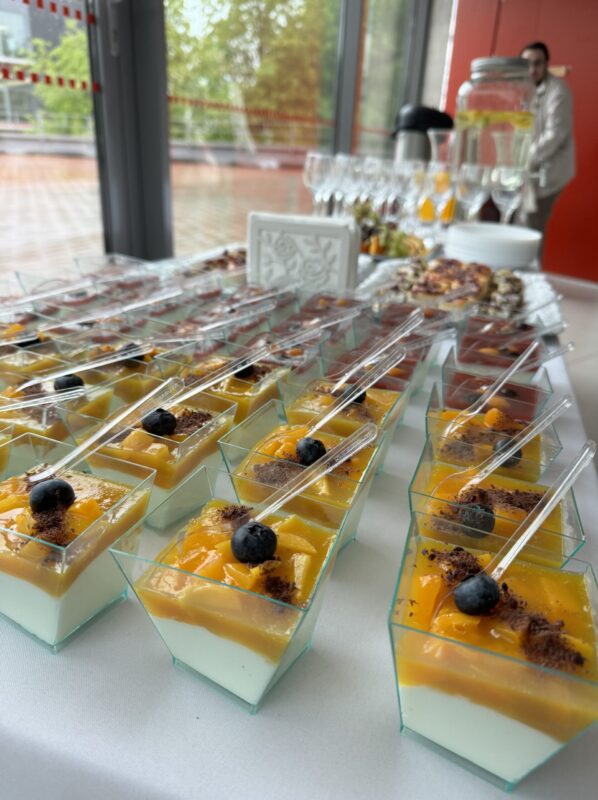



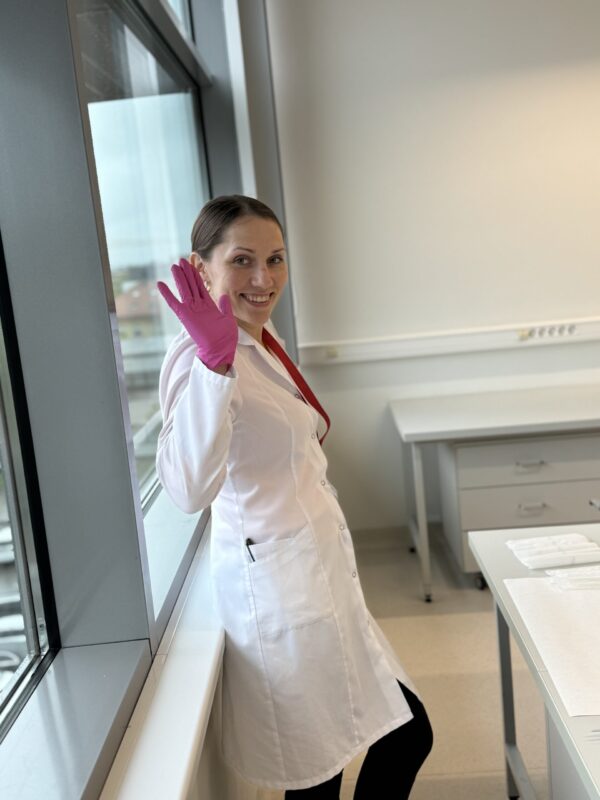
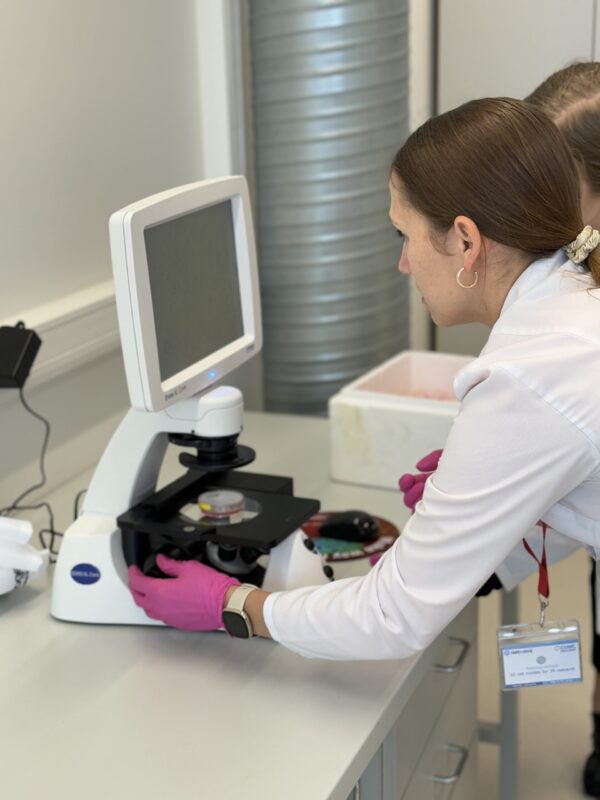









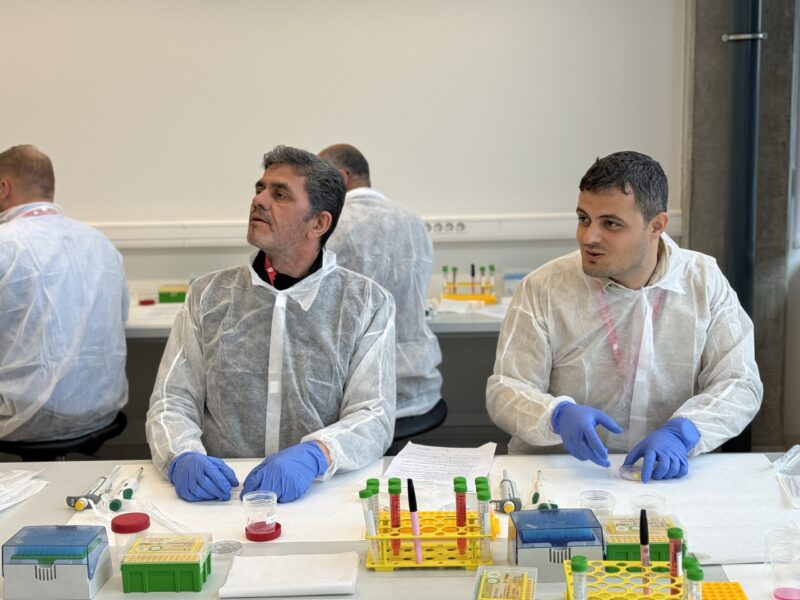
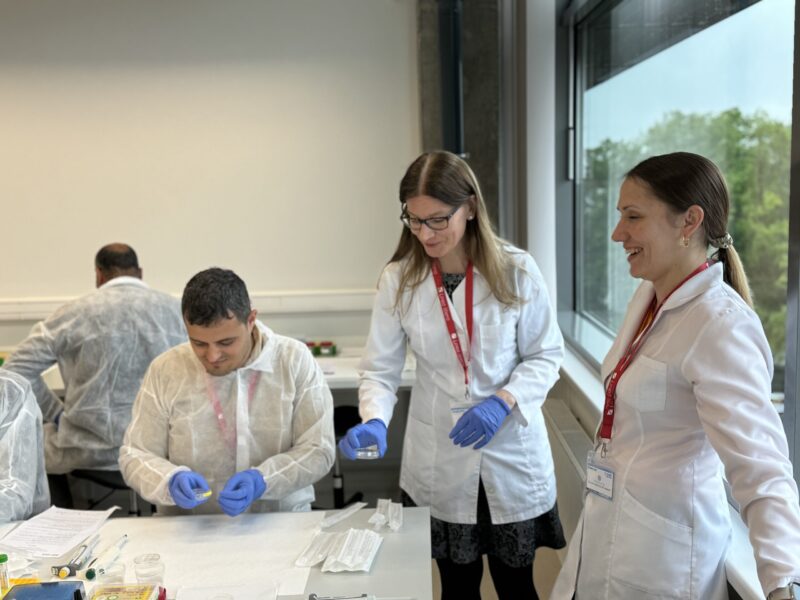

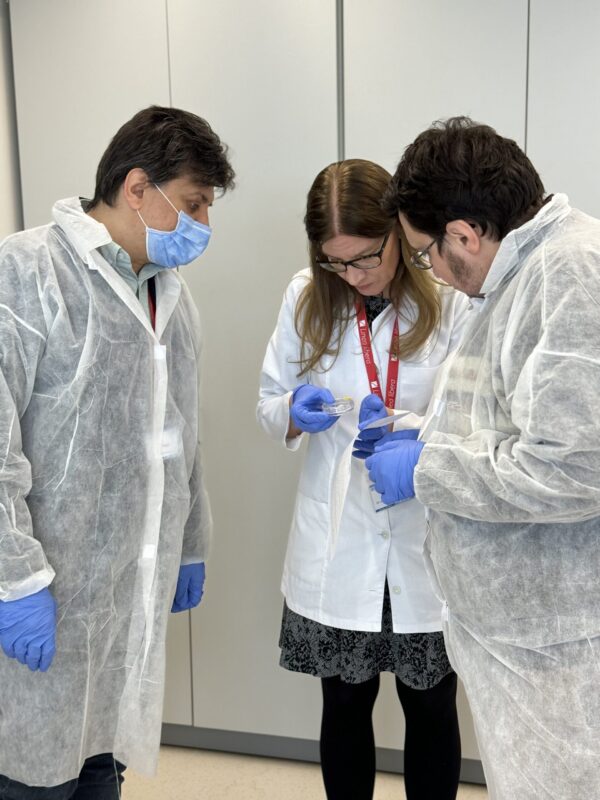
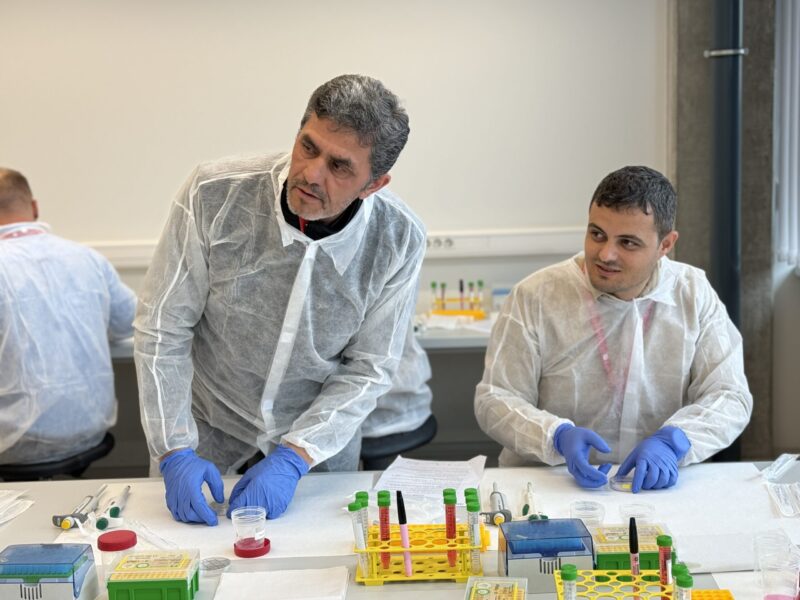
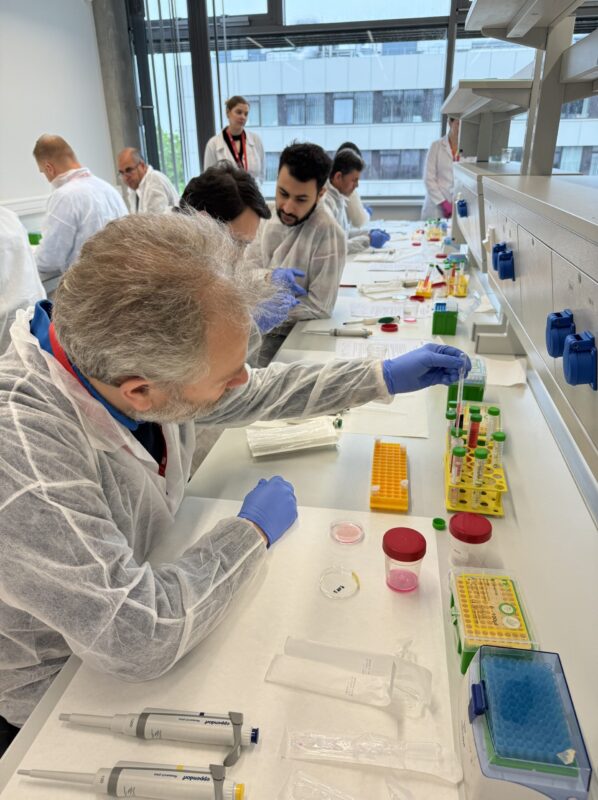



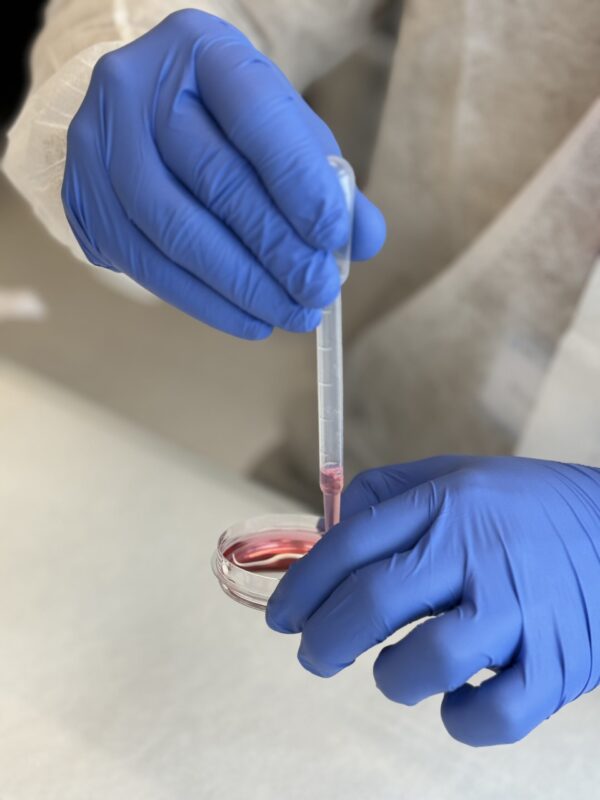

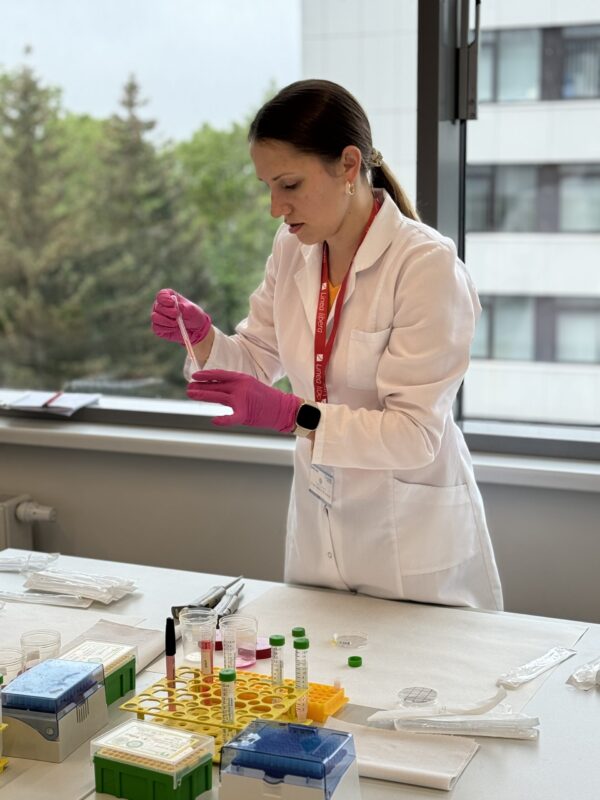




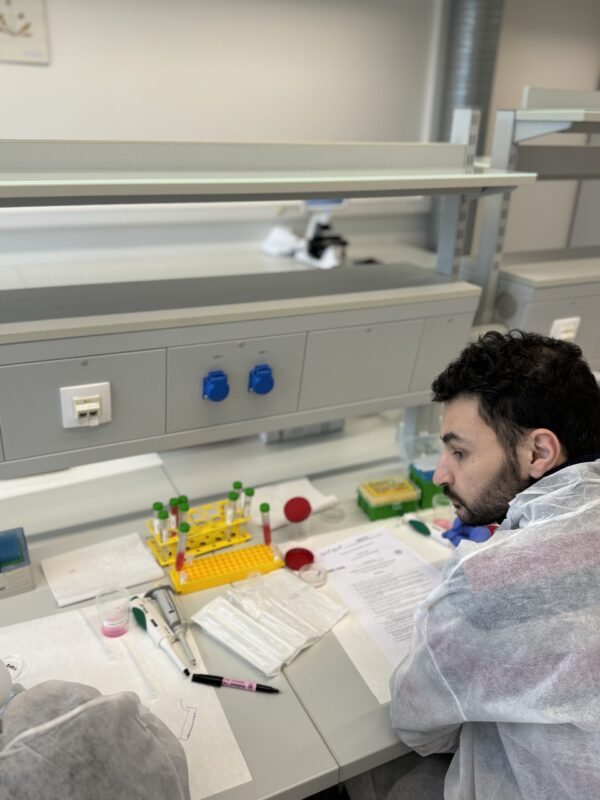

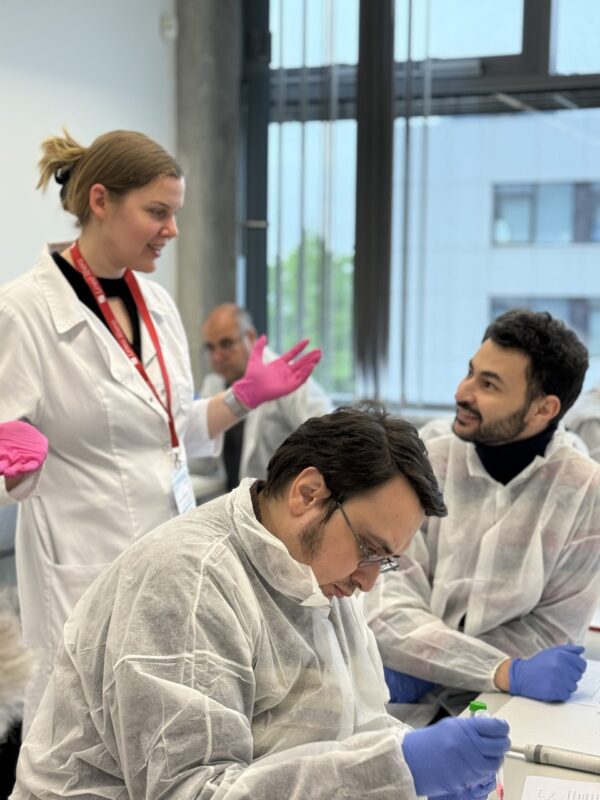


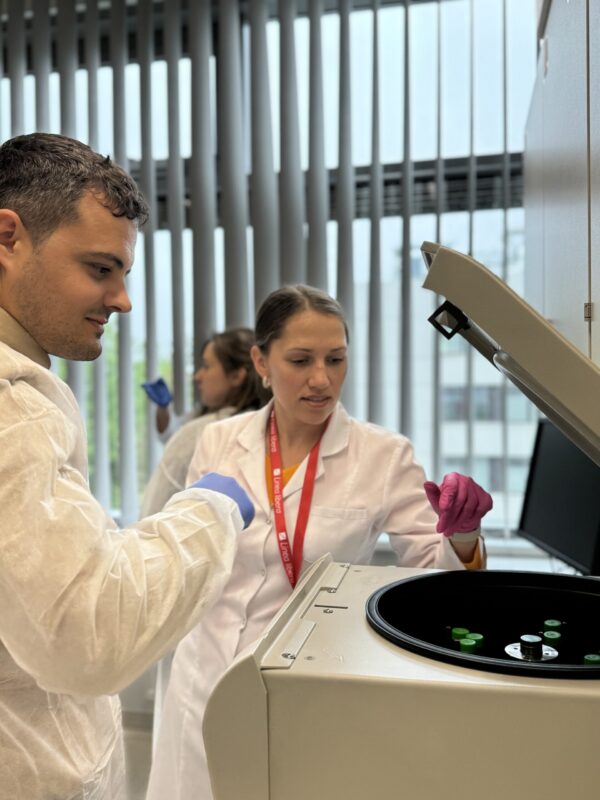
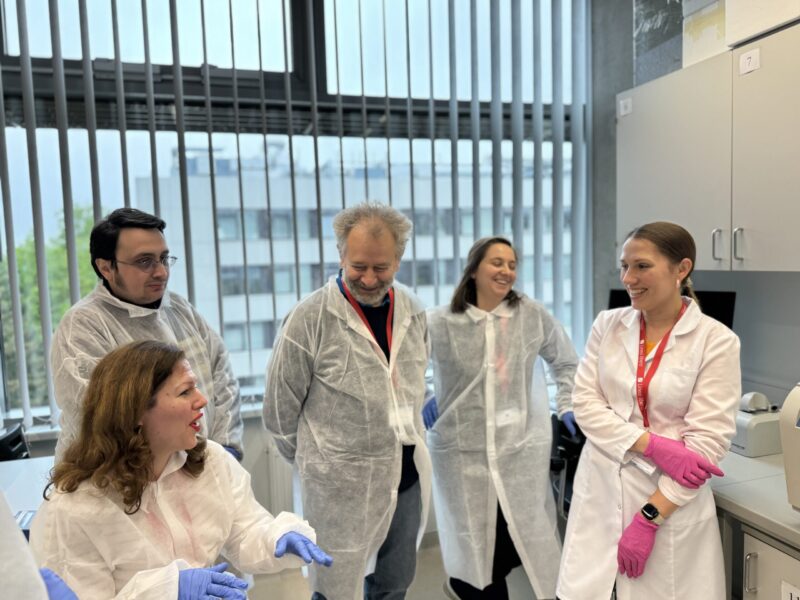
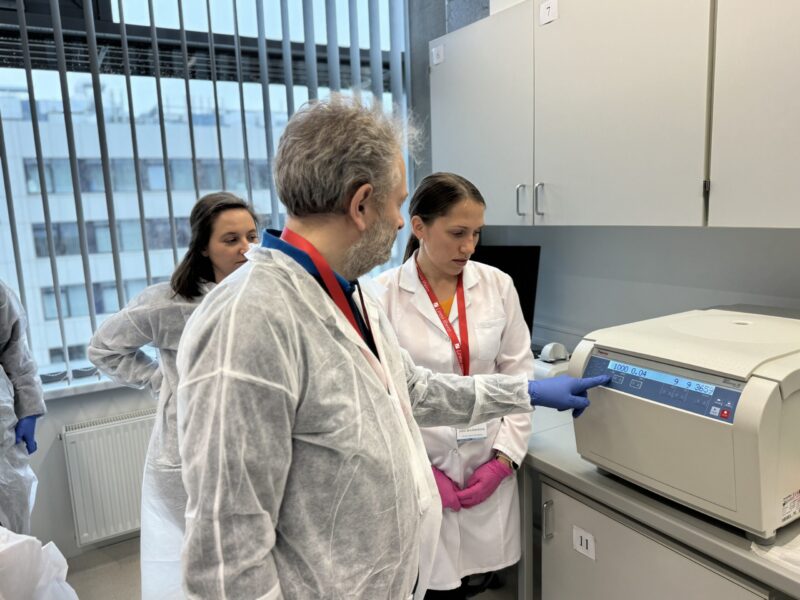

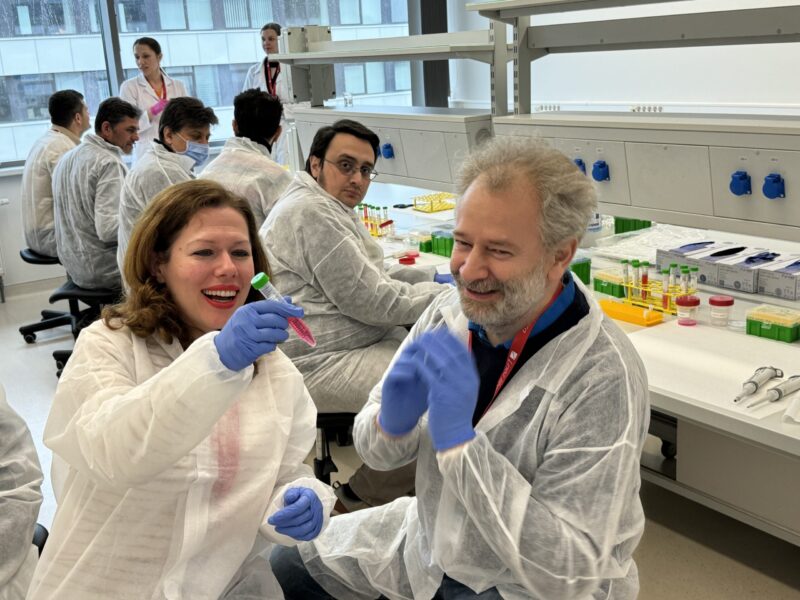

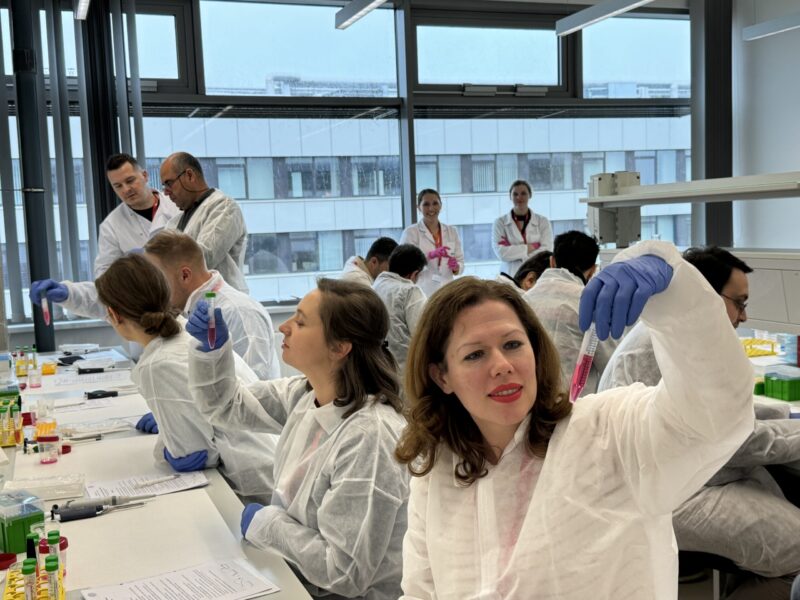

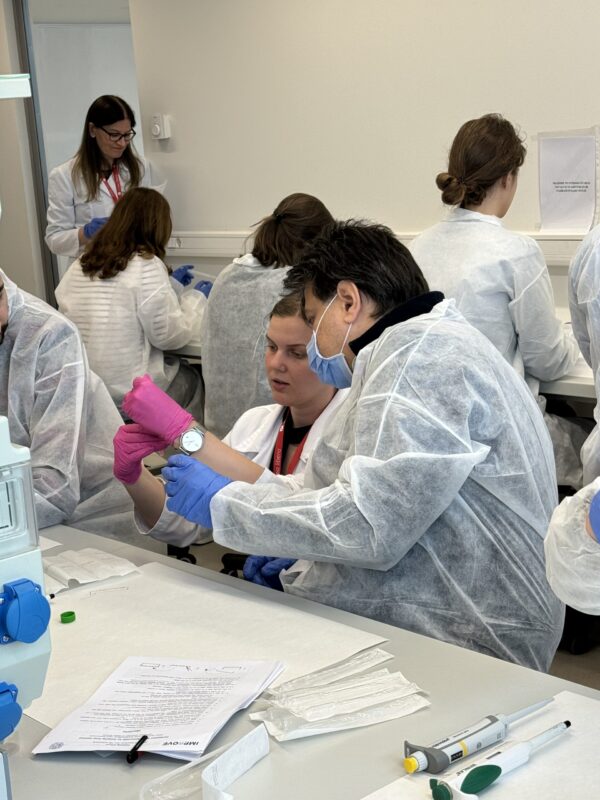





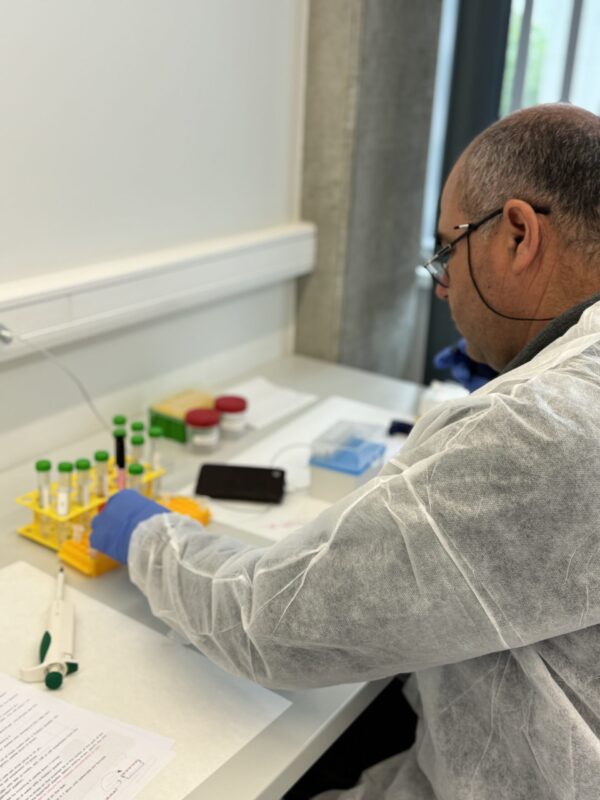


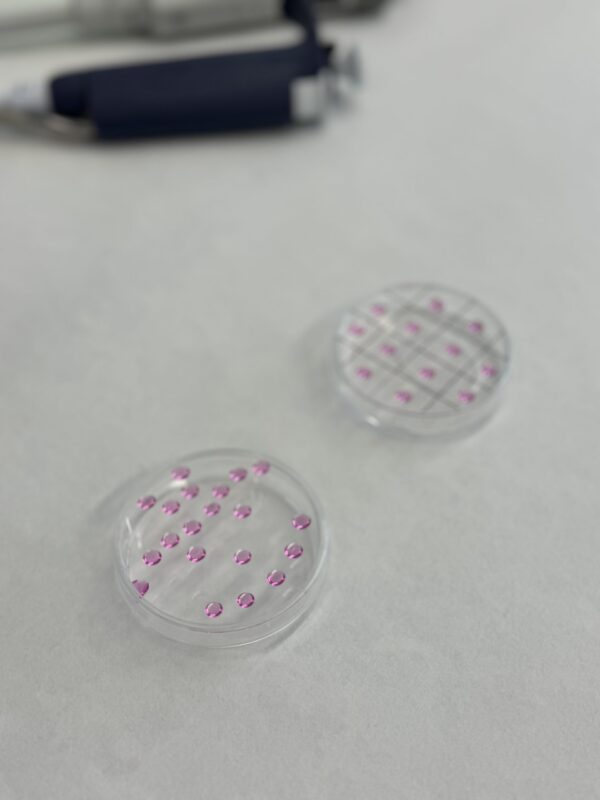







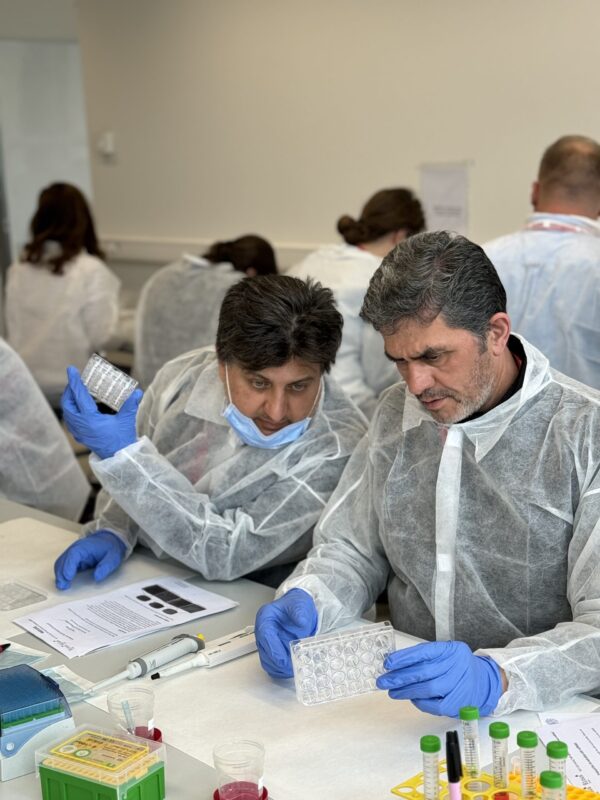
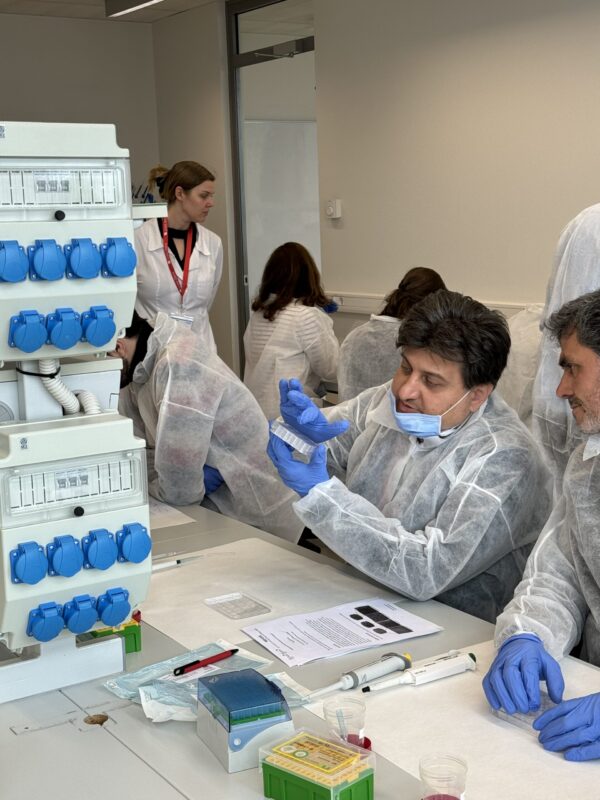



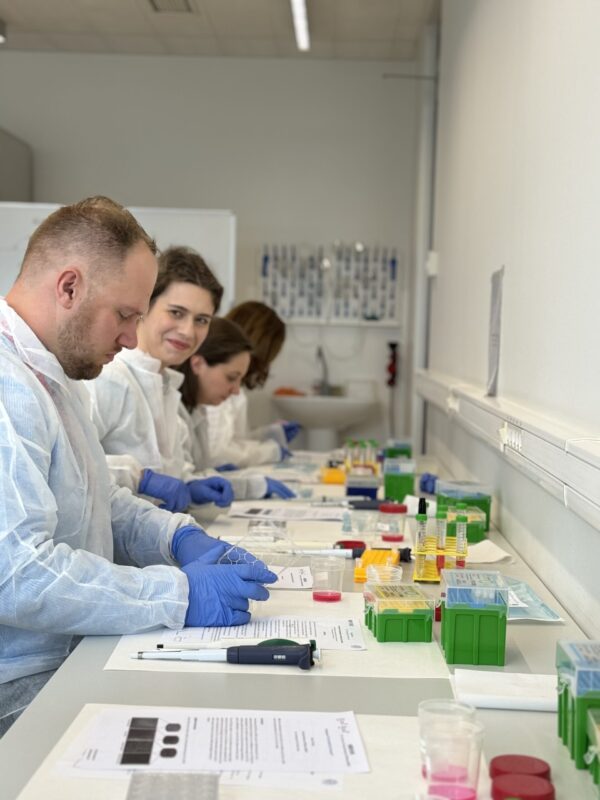


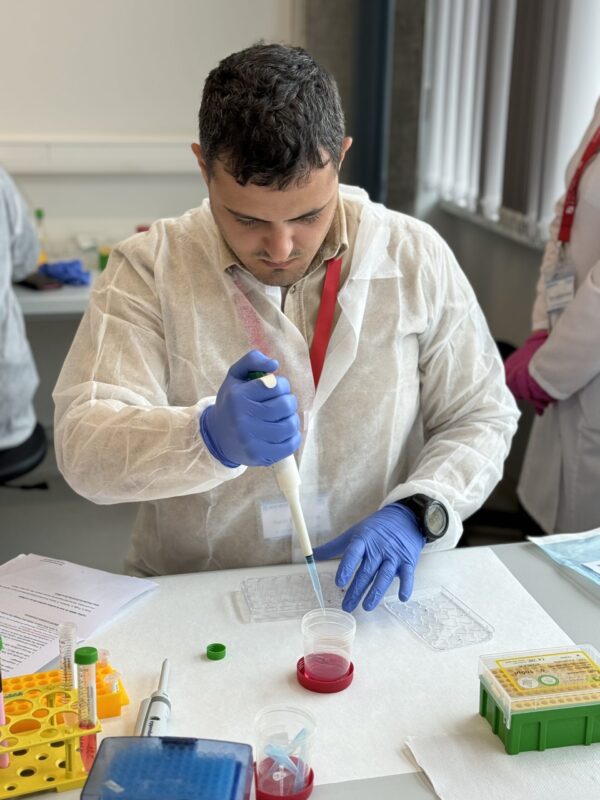


Within the STSM which took place at Swansea University Medical School from the 15th of April until the 19th of April 2024, I took an intensive 4–5-day hands-on-learning visit at the Department of the In Vitro Toxicology Group under the supervision of Professor Shareen Doak.
I learned a lot about the handling of nanomaterials in the field of in vitro toxicology, different kinds of exposure techniques of advanced (3D) in vitro cell models, techniques for studying nanomaterial cell internalization, and was introduced to the approach they use for assessing the nanoparticle toxicity.
I have successfully learned about the safe handling of nanomaterials (especially when it comes to dealing with waste that contains nanomaterials), I have seen different kinds of exposure techniques for both 2D and advanced 3D cell models and gotten to know the method used for nanomaterial cell internalization (TEM).
I have had a chance to see and try two additional methods for preparing spheroids not used at our institute – the Institute of Biology, Ljubljana, Slovenia.
What is even more important I have learned the comprehensive approach of nanoparticle toxicity assessment from preparing the suspension of nanoparticles, assessing their characteristic, and performing sonication, to exposing 2D and 3D cell models to nanoparticles using different exposure systems.
I can say with certainty that I have broadened my knowledge about nanomaterial handling, nanosafety, and different approaches in toxicology studies for assessing nanomaterial-based toxicity on 2D and advanced in vitro models. The visit to Swansea University was an extremely pleasant experience and I would not hesitate to do it again.


Dr. Eva Jablonská (University of Chemistry and Technology in Prague, Czech Republic) had a great opportunity to spend more than two months (15.1.-22.3.2024) at the Dermatotoxicology Study Centre, German Federal Institute for Risk Assessment (BfR) in Berlin. During the STSM granted by CA IMPROVE, she tested natural extracts from marine algae for photoprotective properties. Specifically, she irradiated human dermal fibroblasts with UV light and tested whether these extracts could prevent cellular damage.
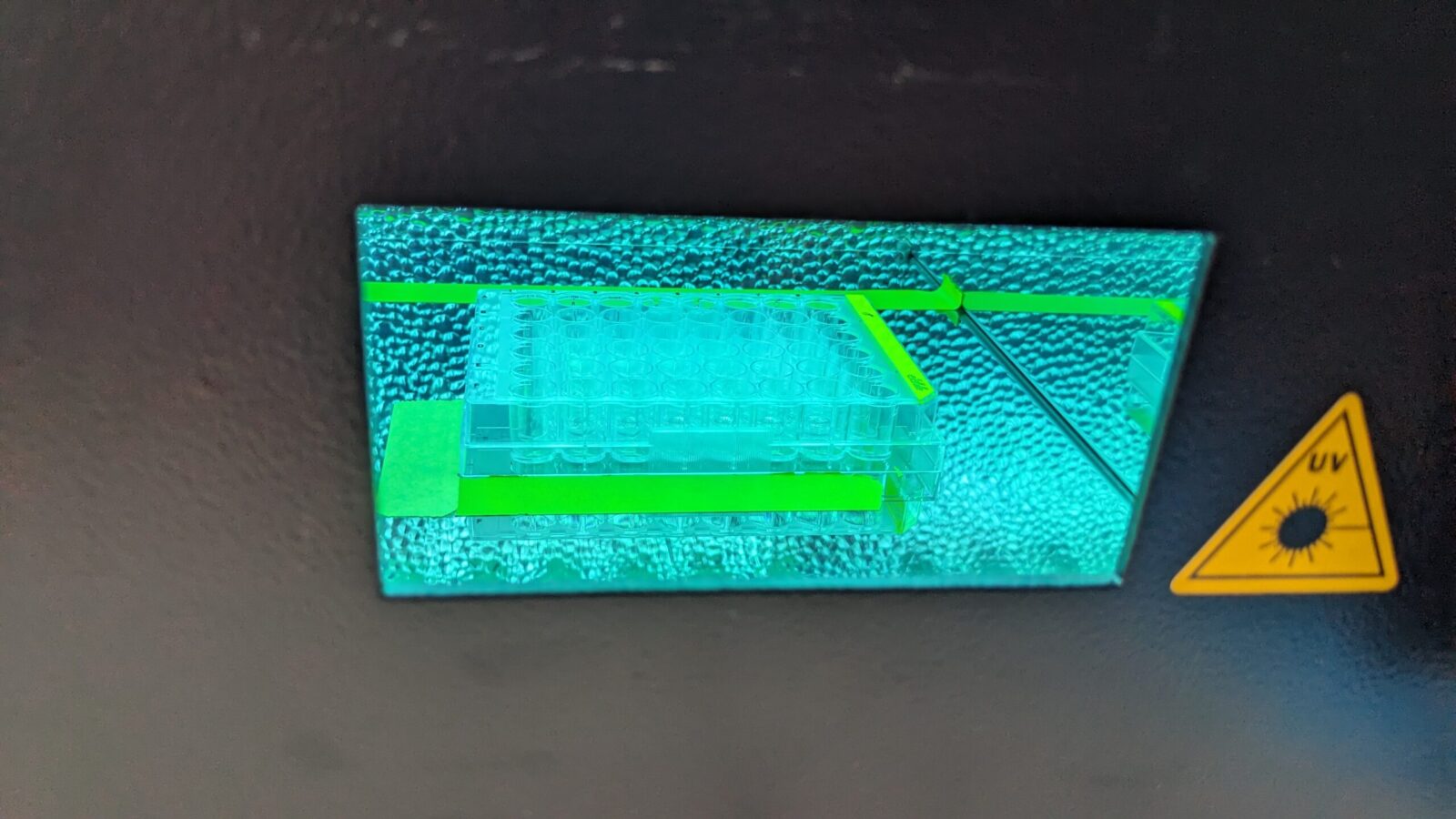
Overall, the atmosphere at BfR was very welcoming and supportive. Additionally, the discussion about methods of genotoxicity testing were very fruitful.
Moreover, the grantee was fortunate to attend a three-day symposium on genotoxicity held by BfR, where quantitative approaches towards genotoxicity assessment were discussed.
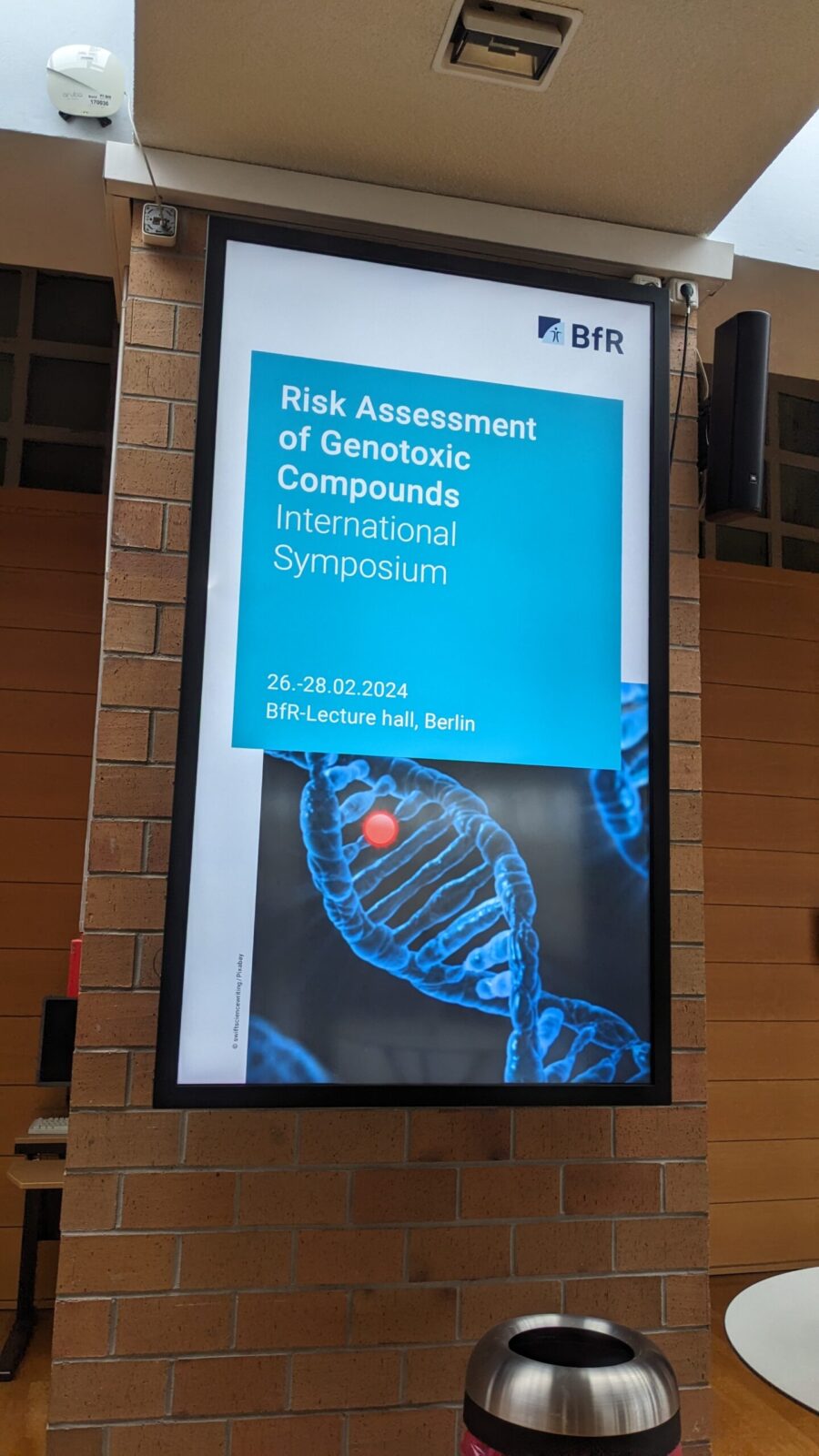
On March 1 at 13:00 CET, the Career Development Workshop Series 2024 kick-off event, organized by the Young Researchers and Innovators Committee in collaboration with the Mentorship committee from COST Action IMPROVE, brought together expert speakers and approximately 20 participants from diverse backgrounds for an insightful exploration into career paths within the field of the 3Rs—replacement, Reduction, and Refinement.
The meeting featured distinguished speakers.
In the first place, Ioanna Sandvig delved into the nuances of selecting research interests, finding mentors, cultivating a unique research niche, and offering practical advice to aspiring researchers.
Winfried Neuhaus shared his own experiences on connecting the dots for an exemplary career path, providing valuable insights into navigating the professional landscape.
To finalize the journey, Maria Kitsara explored the significance of mobility during the Postdoc phase and crafting a diverse and competitive profile for the industry, inspiring attendees to pursue opportunities for growth and development.
A general discussion gathered concerns from the young researchers towards aspects like the uncertainty of their professional future but also the advice from the experts on how to deal with it.
The journey ended with the YRI committee expressing its satisfaction with the vibrant exchange of ideas and insights that took place, fostering a supportive environment for professional growth and networking.
The Career Development Workshop Series 2024 kick-off event marked the beginning of an exciting journey towards empowering young researchers and innovators to achieve their career aspirations.
For more information about upcoming events and initiatives, please write us.
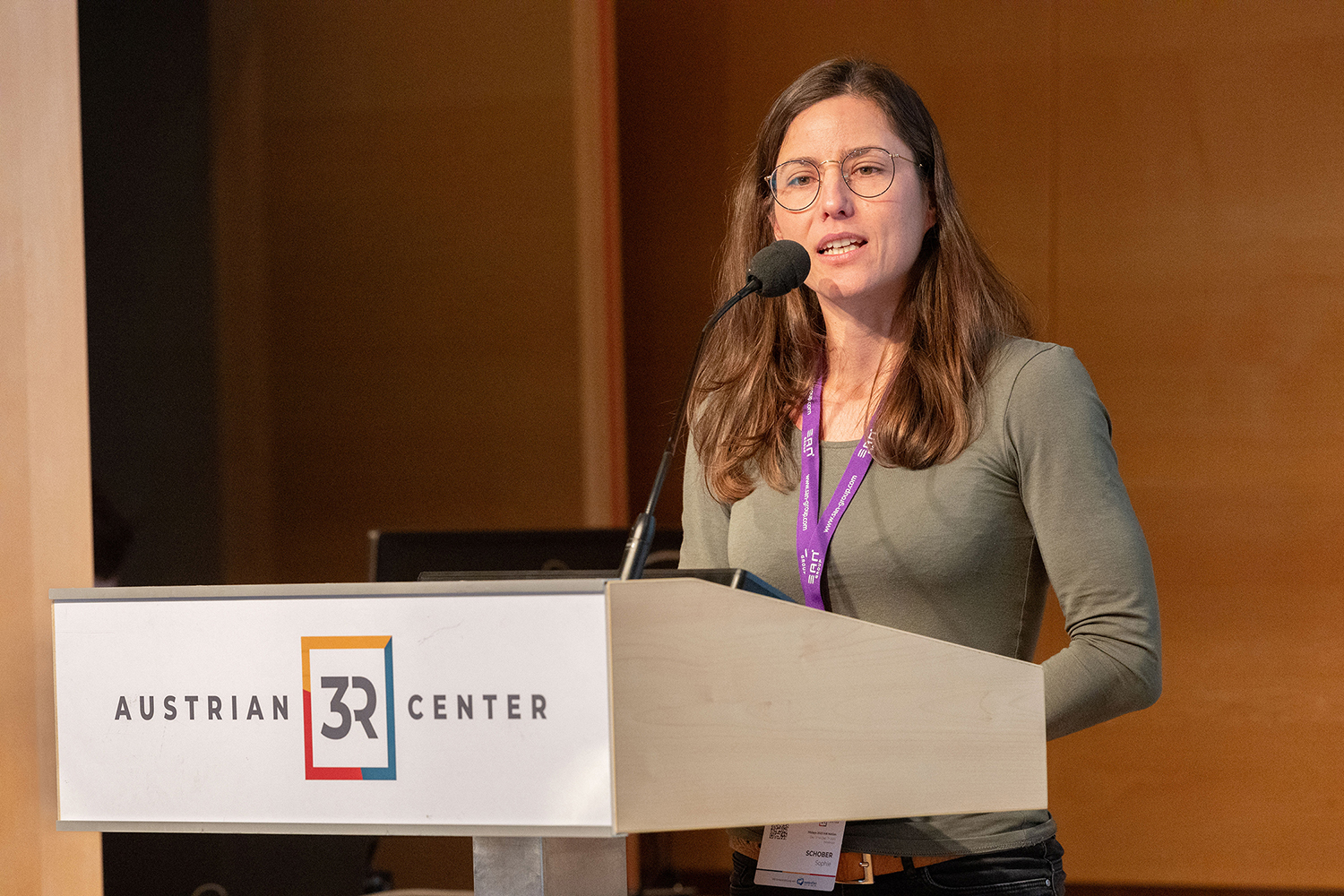
Thanks to a dissemination conference grant, Sophie Schober was able to attend the 3Rdays 2023 InN Motion in Innsbruck (Austria) from December 5-7th 2023.
Two contributions (short talks) have been submitted and accepted:
Session 2: Refine Animal Interactions
Title: A re-usable open-source platform to upgrade rat cages
Session 3: 3R & Regulatory
Title: Ovariectomy in surplus female mice to generate cage mates for experimental males – a refinement to improve biomedical science (Co-Author)
The first presentation showed a newly developed cage platform for rat cages made by ISTA. This platform offers an additional level in standard cages and thus contributes to refinement of animal experiments.
The second presentation described the improvement of animal welfare in animals single-housed due to experiments by providing sterile cage buddies.
During the conference, Dr. Schober was involved in engaging discussions (animal welfare committee meeting, meeting of veterinarians specialized in laboratory animal science). Main topics have been the avoidance of surplus animals, the avoidance of the severity level “severe” in animal experiments as well as the education of veterinarians in Austria regarding lab animals and 3Rs.
All are central topics of the COST ACTION IMPROVE whose aims and work were disseminated at the Austrian 3Rs days.
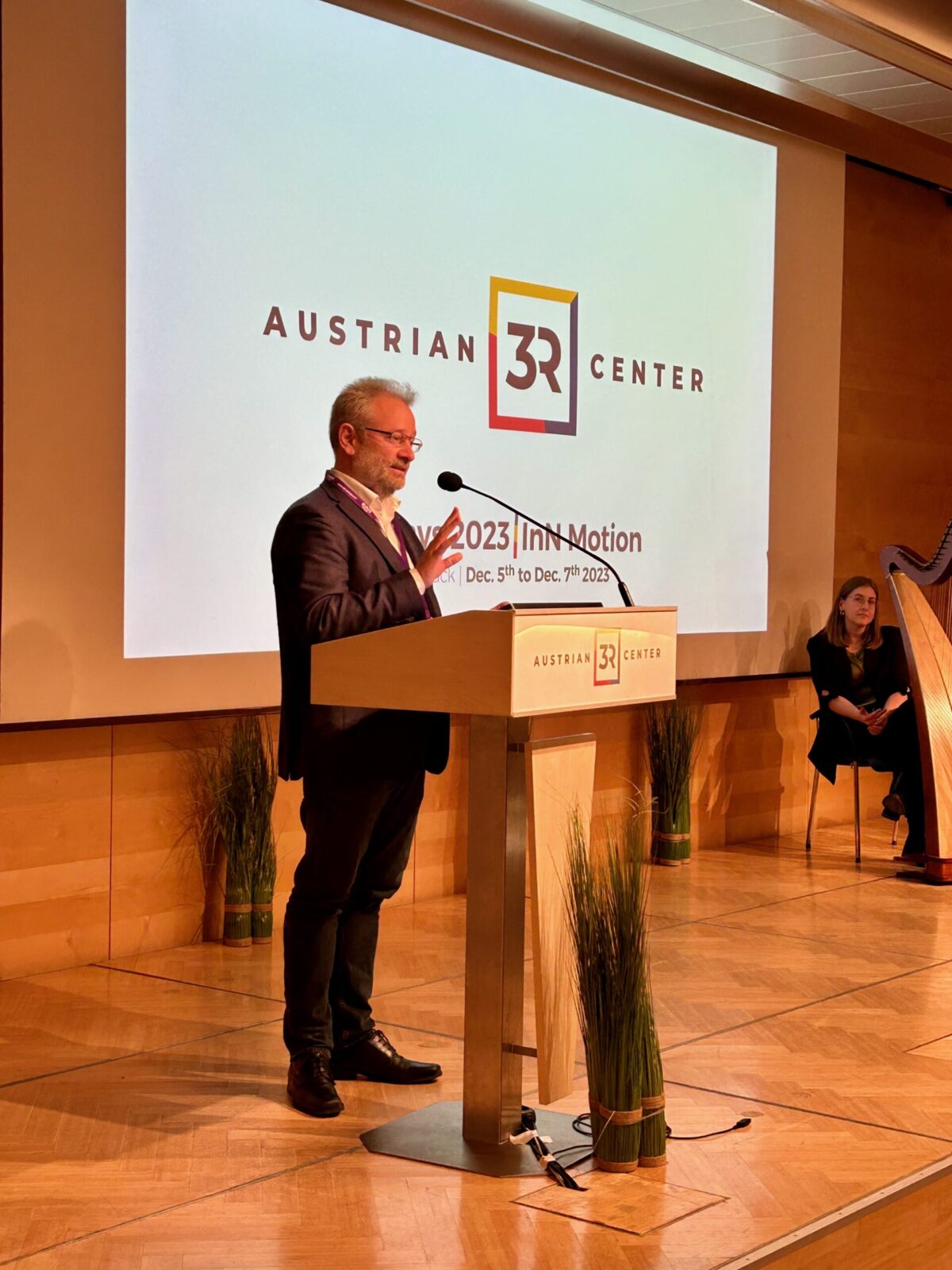
Photo: Wilfried Posch
Winfried Neuhaus introduced the COST Action IMPROVE by giving a talk entitled "The COST Action Networking Activity IMPROVE" at the Austrian 3Rs Days in Innsbruck, Austria on 6.12.2023. The Austrian 3Rs Days from 5.-7.12.2023 was attended by about 200 international participants, who discussed novel methods and measures of each single R of the three 3Rs, Replacement, Reduction and Refinement of animal experiments.
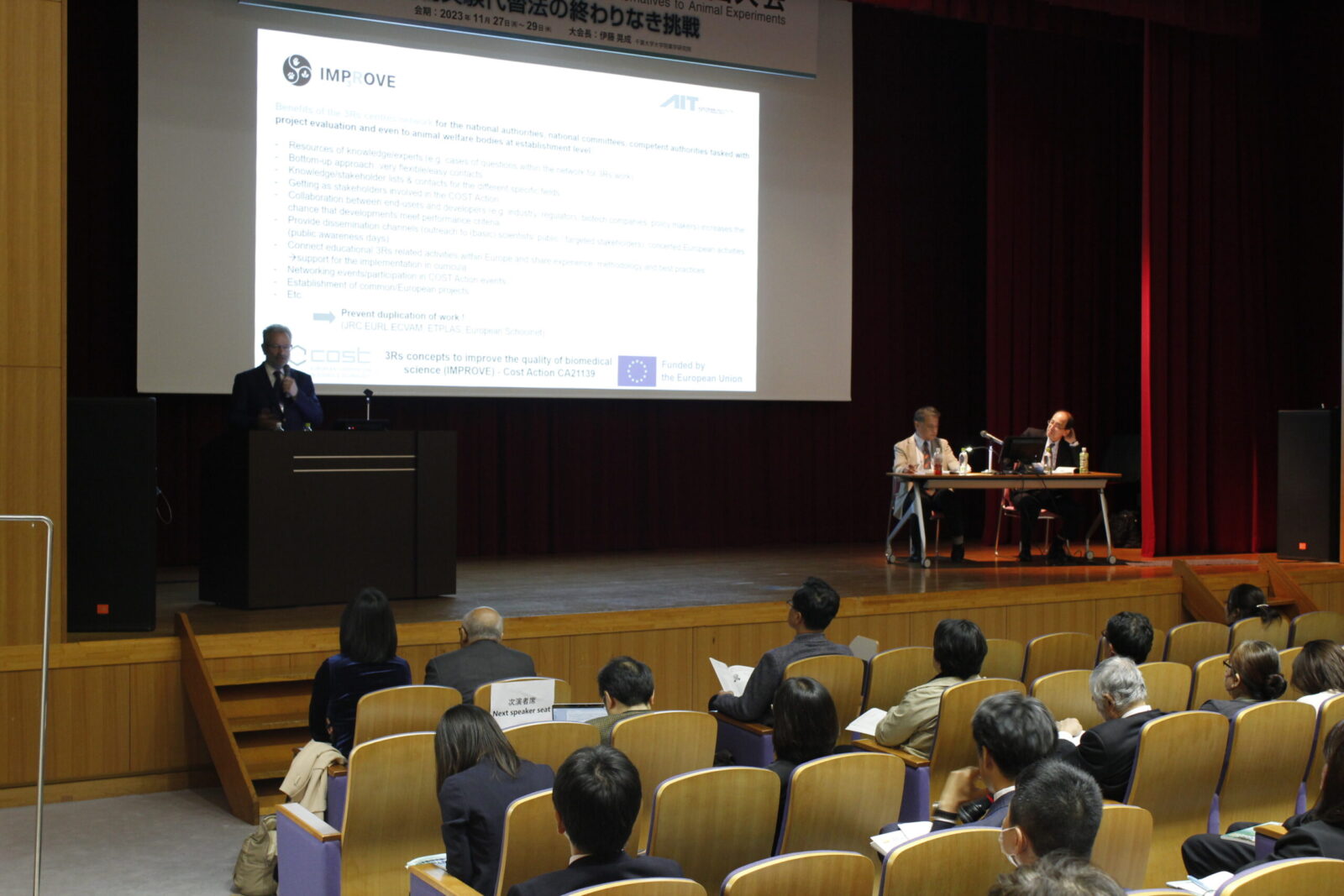
Photo: JSAAE
The first large Training school with a focus on Dissemination took place at Università degli Studi di Milano in Milan (Italy) with expert trainers and trainees from 13th-15th of September 2023, directly before the Centro 3Rs meeting. The in total about 30 in-person and online participants attended courses on “Theory of Science Communication”, “Theory and Software for Video-Making”, Video Ideas and Analysis”, “Social Media”, “Use of Social media Channels”, “GDPR in Communication”, “Newsletters” and “Twitter Bio”. The Training school was very successful offering new knowledge and techniques which could be leveraged for the COST Action itself or for the different tasks in the daily life of the participants.

Photo: Arti Ahluwalia

Thanks to dissemination conference grants under Cost Action IMPROVE Arti Ahluwalia and Winfried Neuhaus attended the 12th World Congress on Alternatives and Animal Use in the Life Sciences (WC12) from August 27-31, 2023.
Arti Ahluwalia presented two lectures, one in the Symposium “Future of Multi-Scale Modelling and Simulation in Disease and Toxicology” (Title of the talk: Lab on a laptop: beyond the experimental model) and one in the Symposium “Implementing the 3Rs in Education under the theme Next-Gen Education” (Title of the talk: Centro 3R, mainstreaming replacement through pervasive 3R education). The first presentation described some of the virtual models developed in her lab. During her talk she put forward the proposal that in vitro models might be replaced by the “lab on a laptop”. Following the symposium, she was involved in engaging discussions on the value of in-silico models, analysing why they are not widely used and how to render them accessible to enable the implementation of viable and valid alternatives to animal experiments. This is a central theme in IMPROVE. In the second presentation she described the state of knowledge on the 3Rs at Italian universities before and after the Italian Centro 3R’s (www.centr3r.it) campaign of pervasive education at all levels. The results showed how education significantly increases the application of the 3Rs and promotes responsible research linked to WG4 Education of our COST Action.

Winfried Neuhaus gave a talk in the session "A World of 3Rs Centres: Unity in Diversity" entitled "The Rise of European 3Rs centres and their network EU3Rnet" focusing on the promotion of the COST Action IMPROVE as an outcome of the collaboration of the European 3R centres.
The WC12 congress was a dynamic and variegated event, providing a great opportunity to discuss the future of the 3Rs with scientists from all over the world, network with young researchers and leaders in the field, and to showcase Europe’s leadership in this area.

Dr. Maria Kitsara gave a talk about "Micro- and nanoengineered technologies for bio-applications: focus on tissue engineering and regenerative medicine" at the School of Science and Engineering, University of Dundee, Scotland, UK on 9. August 2023. Emphasis was devoted to cardiac disease modelling and regenerative medicine using polymeric materials.
